February, 2015
Lemosho Route, 8 days, Everlasting Tanzania Travels
‘Pole, pole’ translating to ‘slow, slow’ our guides paced us to the top of the highest free standing mountain in the world. The final night was quite possibly one of the most challenging, both mentally and physically, things I have ever done. With the temperature at minus 10 degrees, my hands were frozen to the bone, step-by-step I marched my puffy six layered body to the summit. As Ernest Hemingway said ” there, ahead, all I could see, as wide as all the world, great, high, and unbelievably white in the sun, was the square top of Kilimanjaro. And then he knew that was where he was going.”
Many years ago my type A overachieving personality made up its mind about climbing Mount Kilimanjaro. Over the years I mentioned it to my family and finally late January 2015 my husband (Graham), my mum (Karin), dad (Bruno), brother (Sebastian) and sister (Manuela) flew to Tanzania to experience the magic Africa has to offer. Our experiences and emotions were so great and varied, and stories were unforgettable so please sit down and enjoy my attempt at bringing the stories back to life…
Day 1
With a 14-hour time difference causing jet lag, sleep deprivation and hallucinogenic excitement, my family began the journey to summit Kilimanjaro. The first day was full of chatter and smiles, mixed emotions and anticipation. The three-hour drive to the Lemosho route gate was dusty and bumpy and was interrupted on numerous occasions due to the Tanzanian police pulling us over. For this initial car ride my ecstatic excitement was making my stomach do something comparable to a washing machine. For the entire drive I was also burping, foul smelling, rotten egg gas, which almost made everyone else nauseous. Was it my body equalizing pressure to adjust to the higher altitude? Different food? Most likely I had instantaneously caught a nervous burping syndrome.
The climbing route we picked is known for its beauty and the length of it allows the climbers to acclimatize the best before ascending to 5895 meters. For the six of us, we had three guides William, Sum and Kennedy who together had over 20 years experience. William was our main guide, but Kennedy took the lead for most of the climb. He set our pace and was consistent with it from the moment we left at the bottom, to all the way to the top. The other two hung behind, however despite the distance they watched and monitored us very closely. They knew immediately when something was not quite right. What was not quite right with my family was the amount of gas we had managed to build up and manage to excrete on this first day (especially the boys). While my family is far from, well, let’s call it shy for now, poor Kennedy soon got to know the extent of this. He assured that it is not unusual with the change in food and elevation to have some gas, but he did admit we farted more than the Africans. Our first day ended well after a gorgeous stroll through the lush tropical jungle until arriving at our first camp, tents and beds ready and our dinning tent waited on with two very fun and personable waiters.
Now you might be wondering what we ate on this weeklong journey up to the summit, after numerous reviews I had no idea what to expect and was concerned that we would be eating dry crackers by day two. I was so wrong…
I grew up in a family were food was a big deal. Family dinners were a time to get together every night and celebrate. Each Sunday we would eat at grandmas house and if we didn’t finish our plate she would be really upset and make us feel guilty that children are starving in Africa. For a very lean family we have an appetite, however nothing prepared us for the food we were served three times a day. Before stepping into our dining tent, Muba (our water man) would watch us wash our hands with soap and water after which we were presented with a feast. For each and every meal we had three courses. Beginning with a different soup, followed by a main and then desert. For breakfast, we had porridge followed by bacon, sausage, eggs, toast, deep fried corn muffins, pancakes and the fruit. If we finished too fast they would sneak in another spoon full onto your plate. The food was delicious, but more so, servings were huge. If we didn’t eat, questions were asked and three guides would be standing over you making sure you are okay. If you didn’t eat you literally got double the next day. “You have to be strong for the mountain,” they said. If only they knew a food coma was not helping my situation. Even my brother who had an appetite and a metabolism like an ox struggled at times. Apparently appetite loss was the beginning of acute altitude sickness, however our main issue was over eating nausea. Who would have thought the whole family would gain five kilograms while climbing a mountain in Africa. Mum of course took pictures of each meal because grandma would never believe the amount of food that was presented to us.
Day 2
The next morning after a less than average night sleep due waking up three times to urinate, we were woken up by our waiter at six am with coffee and tea served in our sleeping bags. Shortly after, this was following by a small bowl of hot water for our “ morning washy washy” as they called it. The day began with our huge breakfast and swallowing our usual concoction of pills including ginkgo biloba and diamox, which stayed consistent throughout the climb. We also measured our blood pressure and oxygen saturation every morning and evening to make sure we were coping well with the altitude. We then started with an amazing morning of warm-up of singing and dancing with the crew, which honestly wore me out before we even started hiking. You know you are at a different elevation if you are puffing and panting after clapping, singing and the occasional hop on the spot. Today we left our first camp called Mkubwa at 2750m and headed to Shira Camp 1. With a very slow walk we left the comfort of the forest behind and entered the heather and moorland zone. Shira Camp 1 was at 3600 meters elevation. The team was going strong with only some small headaches here and there likely, from the unblocked wind onto our faces all day.
Day 3
The third day of the journey was a particularly special day for me. It was my 28th birthday. I woke up with a huge grin to find out that absolutely everyone in my family managed to forget it. Even Graham! After whining under my breath that it was my birthday, a few scattered happy birthdays slowly emerged from the family. It didn’t help that today we were greeted for the first time with a clear view of the enormous mountain we were about to challenge. The beautiful view quickly became intimidating, and I would be lying if I said it didn’t take our breath away and increase our heart rates. Today was meant to be a short day with only three hours of relatively flat walking until Shira Camp 2. The infamous Shira Plateau was an easy walk, created by Kibo’s lava flows filling up the Shira Crater. The short bushes with tiny little pin head flowers and unsheltered terrain made the area desolate and baron with little protection from the sun, dust and wind. This is believed to be the biggest plateau in the world. No matter in which direction you looked, far on the horizon you could see a mountainous rim surrounding you. Unusual flowering plants were also scattered around us growing up to three meters, straight up, like a one foot in diameter pole, covered in purple flowers. Of course, the over achieving family took a three hour detour up to Shira and Cathedral peaks to see a view of nothing but clouds. We also were caught in some brief showers. The day went by just as fast as the previous day and was finished with yet another filling meal from the wonderful mountain chef. Tonight however, our chef named Tuesday, came into our dining tent with a huge iced caked, piped with happy birthday, candles and a chorus of singing Africans. I was so excited it almost brought tears to my eyes. This is one birthday I will remember for years. Sleep up until this stage had been mostly okay despite the restroom breaks. We were a still so concerned about getting altitude sickness I think we each consumed about six to seven liters a day. This particular night was however slightly more distressing than usual. The sleeping bag I had borrowed had some teeth in the zipper that were slightly out of alignment. On the third occasion of getting in and out that night and gratefully the last time I was snuggling down into my cocoon, trying to pull the zipper over my head to entrap as much heat as possible. To my shock horror I had achieved the opposite effect and found myself holding just the zipper in my hand. Panicked with the fear of freezing to death I shook Graham awake to come to my aid. Luckily, together, under torchlight and his Leatherman tool we managed to thread the zipper back in from the bottom.
Day 4
One year older we continued our journey to the summit. Today was one of our biggest acclimatization climbs peaking at 4600m in the alpine desert to have lunch. The breathing was noticed but we all tolerated it well. In fact we overtook multiple other climbers and even some porters, unfairly so, as they were carrying two or three times as much as us. Dad had a slight headache on this day and lost his appetite. Luckily it disappeared quickly after the whole family made him swallow his pride and take some Panadol. Soon after lunch we descended very quickly to Barranco Camp at 3950m. The sightings along here were incredible. Barranco Camp is set in a valley among forests of the giant groundsel. This is a plant endemic to the area and the word “Giant” is used to describe the striking and unusual plant. Some were over five meters high consisting of a woody base, almost resembling a palm tree. Atop this base was a large rosette, or a large circular arrangement of leaves, on top of which a meter long spike of yellow flowers grew. Apparently each branch or finger equaled to 25 years of age, making many of them well over a hundred years old. The low alpine zone in which we were hiking was mostly barren and uncultured. There was sandy soil and scrubby vegetation, however, this seemingly flat landscape was brought to life with an abundance of wildflowers and of course the ever mesmerizing “giant” of the mountain. We were also stunned with magnificent views of the vertical wall, the Western Breach, Heim Glacier and Kibo’s southern face. We were keen to get to camp and rest, especially with the constant remainder of the vertical wall we had to scramble up the following day. It’s name definitely fits the description. During our rest time we were exploring the campsite and met some very interesting people, one of them was Mostafa Salameh, a Jordanian climber who completed the Seven Summits and is a motivational speaker. We could have listened to his adventure stories forever but dinner time came way to fast. He is definitely one of the most interesting people I have met so far.
Day 5
With our tingling lips and fingers from our altitude medication we scrambled our way up the Vertical Wall. Admittedly it was not as hard as it looked, mainly because of the traffic jam of people. Many routes had joined at the previous camp so tourists and porters were all pushing their way up the single file cliff. Every two to three meters we waited, turning a one hour climb into a two hour ordeal. After we reached the top it was a downhill hike to Katanga Valley at 4100m passing through a moon landscape, Lahars and Southern Ice Fields until we once again reached our safe haven tents, “washy washy” water, smiling waiters and piled high plates. Out packing lists had stated to bring snacks in case we got hungry, which obviously wasn’t physically possible with our company. To our delight the porters were more than hungry and it was nice to see them indulge in granola bars, gummie worms and chocolate bars, even if my brother gave every last one of my favorite chocolate bar away. In return they gave us a taste of what they ate while hiking up the mountain, a food they referred to as ‘ugli’. It was made out of maize flour and was sticky enough to roll into a ball with your hands. Tasteless and bland by itself, they dipped into a vegetable stew to soak up its juices. While we were open and very keen to try it, they did say it’s not all western climbers ‘cup of tea’, so they steered away from serving it.
Overall, at this stage we were all doing very well. A few headaches here and there and some sore knees from going downhill. I managed to strain my knee slightly by climbing up on a rock face to hide while trying to pee. With less trees in close range it wasn’t worth the breath to find one, so you tend to find whatever hiding spot you can. I essentially not only peed on my boot, but jerked my knee in a funky way to avoid falling of the edge of a small cliff. Our guides were otherwise were very happy with us. They reported that if we were doing okay at this height, there was a good chance that we won’t get acute altitude sickness. The human physiology goes through numerous changes with elevation. There is an increase in breathing and heart rate to as much as double, even while resting. Pulse rate and blood pressure also go up sharply as your heart has to pump harder to get more oxygen to the cells. Luckily the guides were happy with our daily blood pressure and pulse results, which was a great relief for all of us. Up until now I had not had a single headache, which did not immediately go away with Panadol.
Day 6
The weather on Kilimanjaro seemed to change faster than you were able to put your jacket on or off. Our daily weather checks back home to see what summit night would bring us was a complete waste of time. Our hike to Barafu Base camp at 4600m my have been a fairly easy, slow and steady one but we all knew that what was coming next would be a far greater challenge. Base camp was huge and crowded. Our area was further down and away from the majority of the crowd. This was nice, however it added an additional 20 minutes to our big summit climb that night. We made it to camp by lunchtime, after which we received the pep talk and then were sent to bed to rest. The plan was to pack everything we needed now for summit night, sleep, wake for dinner, sleep again and then wake up at midnight for the summit climb.
Summit night
After dinner, sleep just didn’t want to agree with me. I had so many thoughts running through my head I had to sit up in my tent and write them on paper with my head torch. I didn’t get a wink of sleep, I just slowly watched the moon get brighter and brighter over the tent. 11:30pm came and our waiter Peter came rushing to our tent to ‘wake’ us. Already dressed, we were all set and ready to hike after a quick and filling energy fix and clothing layer check. My clothing situation was interesting to say the least. I had a total of six layers on. Over two base layers, two fleece layers and a large down jacket which I had loaned to save some cash, I was supposed to finish with my medium north face shell. It was just physically impossible for both my hands to reach midline due to being embedded in so many clothes. My waiter was laughing at me as I was struggling and already sweating to buckle my waist belt. Smirking, he suggested to take the outer layer off until I needed it. My large down jacket, which I loaned, squeezed into my medium north face shell made me comparable to the michellan tire guy and made me walk like I was in outer space. Finally, off we marched ‘pole pole’ through the crystal clear night by moonlight. Up until about now I still had no idea what was so challenging about climbing Mount Kilimanjaro. At 4600m my oxygen saturations were still 100%. Each of us however experienced this final night differently and I will elaborate on my experience shortly. My brother for instance, who has smoked like a chimney for the past ten years ‘skipped’ up the mountain singing kumbaya. The Africans had re-named him wacha-wange, meaning ‘crazy man,’ because even at the summit his frozen fingers managed to manipulate a cigarette. For me, looking back, the final night was one of the most challenging things I have ever accomplished.
I am still trying to figure out what made this final summit so hard. While my fitness and breathing were ok, I was just so extremely tired. Walking was okay but every rest stop I just rolled over in my ball of stuffing and fell asleep in my very hot cocoon filled with ‘hot hands’. I had them in my bra, hat, gloves, pockets and boots. I may as well have walked up in an electrically heated sleeping bag. Even my camera had a hot hand to stop the battery from freezing. Was my cold natured body cold you might be asking? Not until about 5000m elevation at which the sweat in my clothes had cooled and my hands had turned into icicles. By this point, I was so cold, the snot from my nose went straight onto my gloves, which luckily froze and shattered off anyway. Half way up even our drink bottles froze. We could suck on our camel backs as much as we wanted with no luck. I thought I was extra smart and brought up a thermos full of hot tea. Great in theory, but by the time I was thirsty my hands were too cold and dysfunctional in my humongous gloves to manipulate the lid. While trying to awkwardly stuff it back into my bag the guides had already decided to confiscate it and packed it up in their bag to avoid me having to carry it. On we marched, step by step. I could hear my brother shuffling stones behind me as he was getting antsy with the slow pace. He literally measured the entire night in half feet, which is how slow the pace was for the entire journey up. A huge part of summit night was definitely the mental approach of mind over a matter. This night for me was challenging, with the sleep deprivation and the ongoing preservation for almost nine hours non-stop. Funnily enough even our slow pace overtook numerous other groups, which felt good in theory, however overtaking meant walking faster, off the track, which did cause you to get short of breath and get an almost panicked heart rate. What caused my heart rate to raise more, was the numerous climbers already having to go back down due to illness or defeat, identifiable by red arm bands and guides supporting them on each arm. What my mind had to try to overcome was nerve pain from my shoulders into my arms. Looking back now I don’t know if I imagined it or not but for some reason I had these excruciating burning sensations that almost brought me to tears. I am not sure if it was a combination of my backpack and arm movements with my poles uphill, but I do remember vividly spending a few hours uncomfortably moving my neck and shoulders while trying not to walk out of line. The guides quickly picked up that something was bothering me because sometime between 5,300m and 5,900m I managed to lose my backpack of which I have no recollection of this happening.
Stella Point for me was amazing. The sun had just come up, the glacier glistened and blinded us as we got our first real rest stop after 8 hours of uphill walking. Hot tea was served and I was able to sit and take in where I was at this point. From Stella Point we could see the final peak, which was a flat and gradual stroll through a snow lined path from where we were. The altitude did however make the gradual stroll long and difficult, and looking back at the itinerary the teasing final stretch still took 45 minutes, so, as we were warned, our rest was short lived and we had to move. From around Stella Point my brother, sister and Graham, had taken off ahead. Knowing that you should not hang too long around the peak due to the scattered oxygen, the porters led us after them. We could not have picked a more perfect summit night. Even though it was well below freezing, we had both a clear moon and beautiful sunrise that burnt our only exposed body parts. The clouds were lined beautifully as we looked down upon them, revealing glimpses of the world below, the mountain and the glaciers. Whether it was my imagination or not, I was certain I could see the curvature of the horizon. My emotions at the top were hard to explain. I was so proud of myself and what I was able to do it with the people I love most in this world. It was an exiting time for all of us and we had made the summit of the highest free standing mountain in the world.
Graham and I placed our nail polish decorated rocks with pride under the Kilimanjaro sign. The rocks resembled ‘leaving behind any extra baggage and bad karma’ before starting a quick descent back to base camp. I may not have been the first to the top, but I was first back down. My sister and I used our downhill skiing skills, sliding through the dirt, jumping over the occasional fixed bolder, bringing with us a wave of dust and debris. The only person I know personally who has also climbed Kilimanjaro told me before I left, that ‘unless it’s new, it will break.’ I brought this information with me and told my family this on our initial arrival. My dad proudly showed off his 40 year old Swiss Army boots, which per him were indestructible, the sole was not only nailed, but glued and stitched. Never the less, half way down the mountain he was taping the sole back on with some kinesiotape, which I handed over with a small smirk on my face. Coming down for me was a real recollection of what I had just done. The summit was a huge achievement but was nothing compared to entire journey from day one that I was able to achieve with my family and husband.
Day 7
After a short rest at the base camp, the descent continued four another four hours. Descending the magnificent Kilimanjaro was filled with smiles, relief and chatter about what we had all successfully achieved together. On the way down we passed the emergency evacuation stretchers, which consisted of a metal stretcher supported on a single bicycle tire with suspension to try to absorb the rocky terrain on the flight of your life down the mountain. The guides told us that often ‘sick’ people instantly get better after sitting in the stretcher for ten minutes because the way down in the emergency vehicle is far from comfortable.
It took until day eight for me sleep an entire night as I didn’t force drink two liters of water before bed. I was certain that this time, I had beaten any altitude sickness symptoms. It also took me until the final camp to realize that there were always two or three guards wandering around the camps with semi automatic firearms. Apparently this was to avoid climbers being ambushed while on their climb, which makes sense as my poor tiny mum was carrying the entire remainder of the trip in cash in her backpack. Having said this, I did not feel unsafe at anytime. The final hike was a beautiful one through the Kilimanjaro cloud forest. On our final waking morning we thanked our wonderful team and handed out much deserved tips. Mum had put in hours and hours of research before booking this trip for which I am extremely grateful. She definitely picked the best company on the mountain- Everlasting Tanzanian Travels.
Kilimanjaro, probably one of the most underestimated of the Seven Summits at 19,340 feet, which is considered an extreme high-altitude climb. This was a trip of a lifetime with lots of laughter, singing and a birthday cake to remember, which I can finally cross of my list. What I am more afraid of is that this may be the beginning of many more summits. In the meantime I want to give huge thank you to my family and husband, as this adventure would not have been the same without each and every one of them. To other readers, climbing Kilimanjaro is by no means easy, some days are harder than others but a large part of it is mind over matter. Whether you give up or go on is all in your mind. Attitude before altitude! Still today I think about what I achieved and what I am capable of. These are definitely some of the best memories with my family in my adult life. This was an incredible journey for me for so many reasons, reaching the top was just a small part of the experience. Climbing Kilimanjaro is like a metaphor for life. It is simply a case of putting one foot in front of the other, and step by step, with the right attitude and determination, anything is possible, no mountain insurmountable.



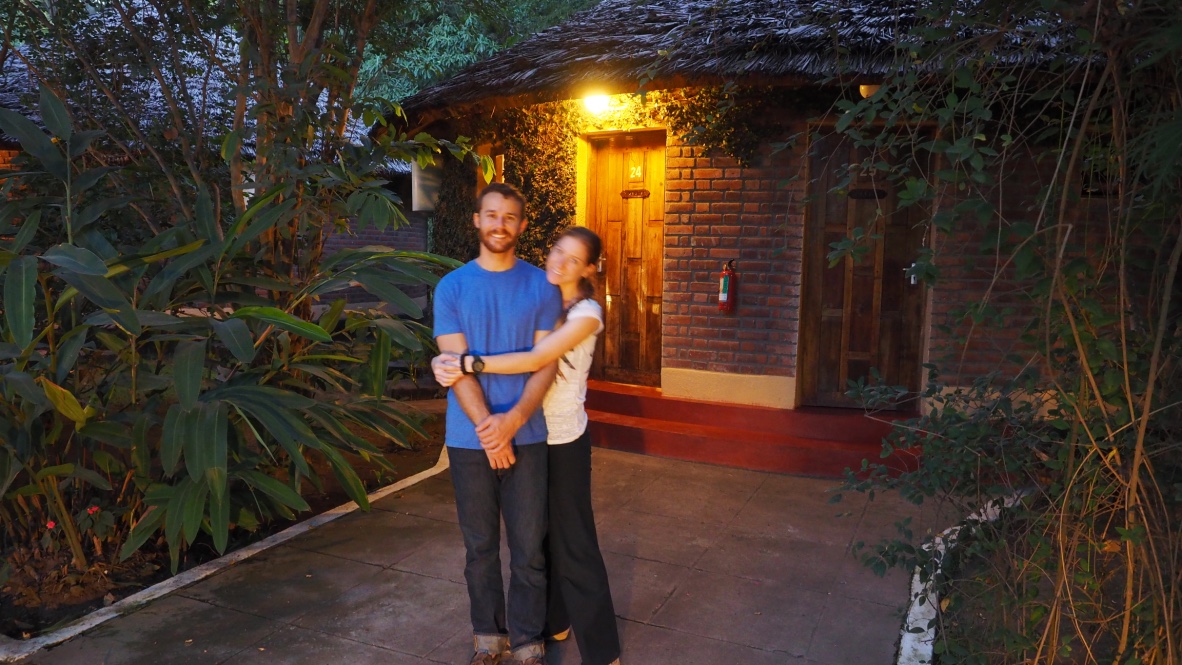
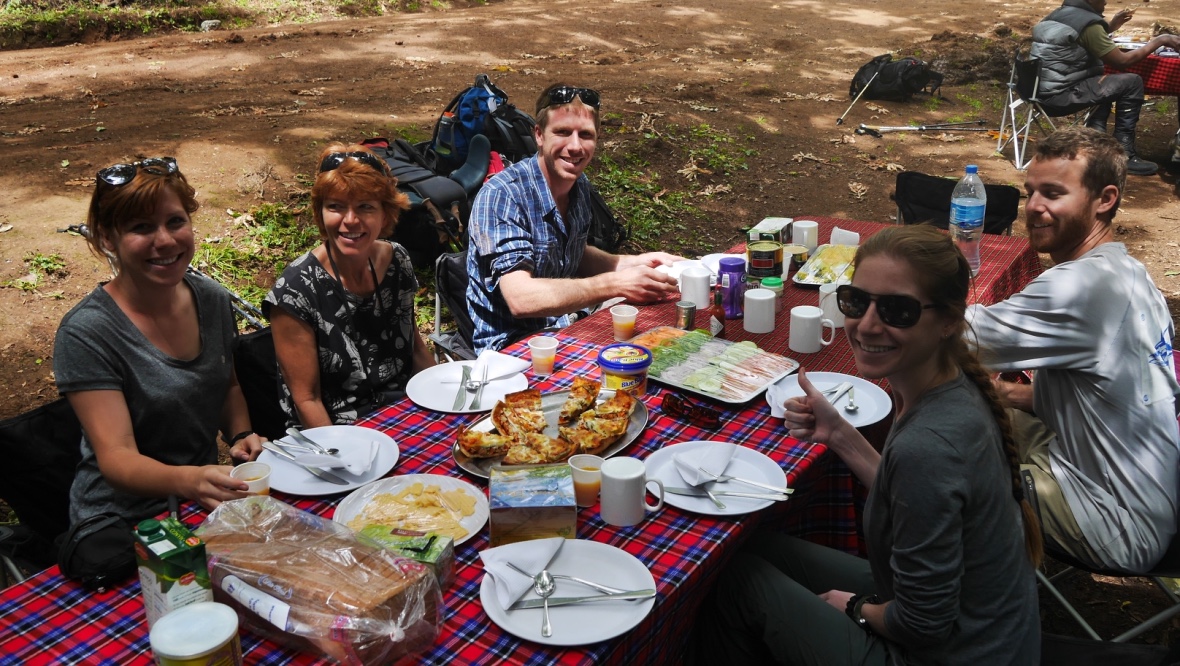
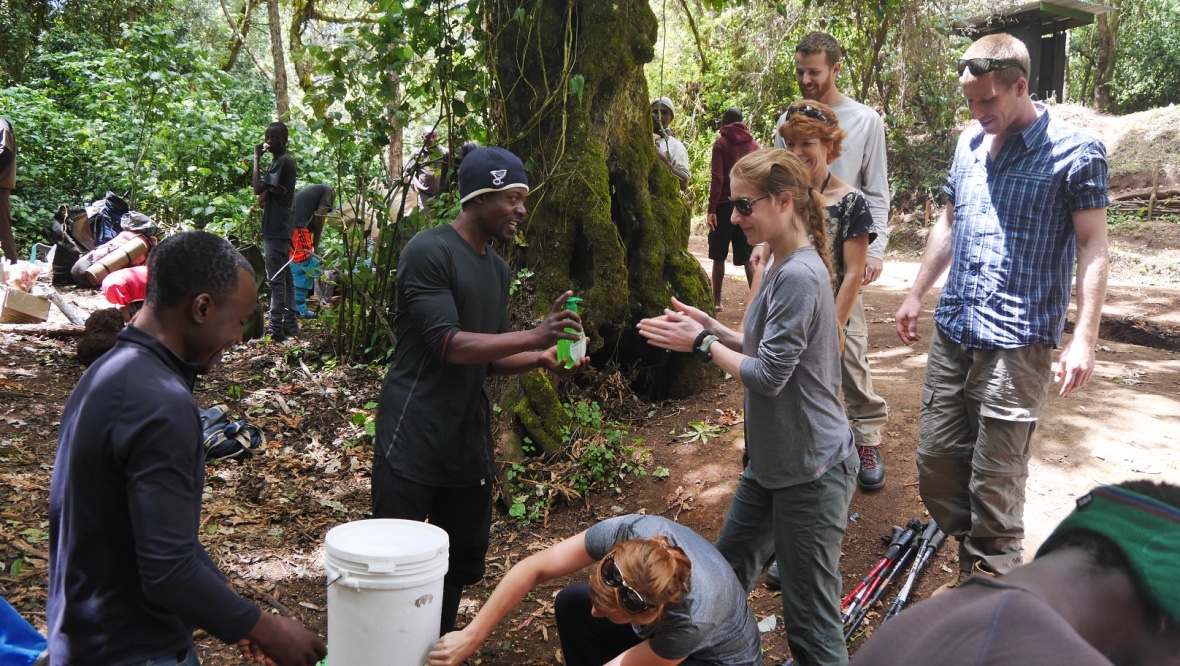
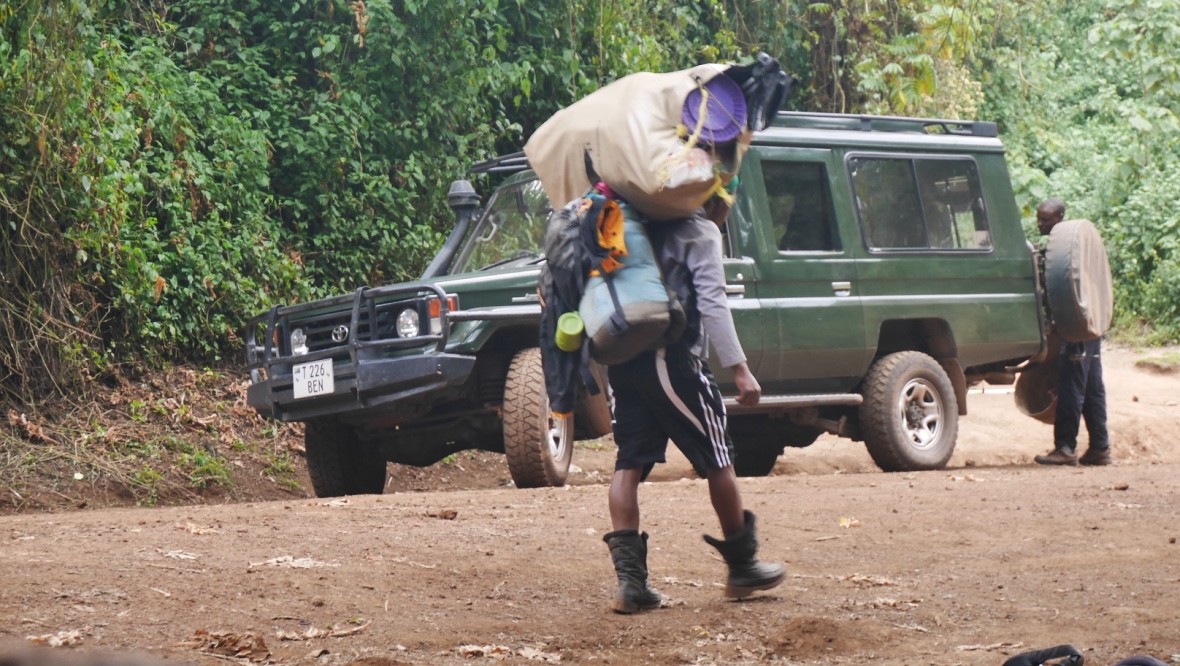
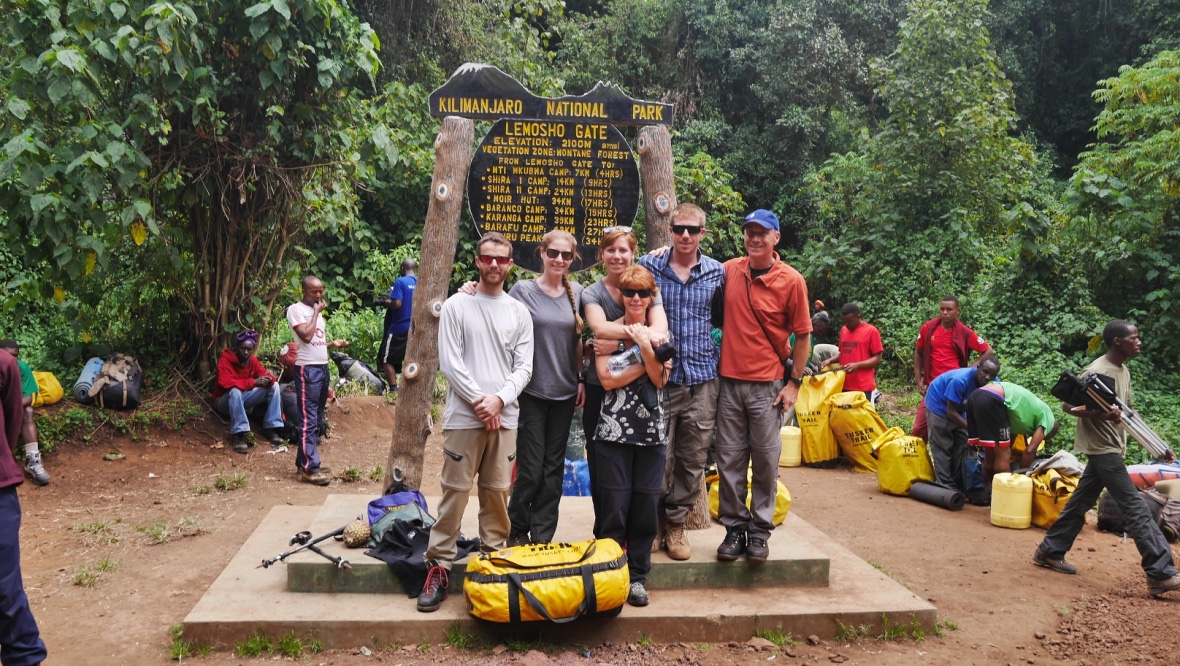
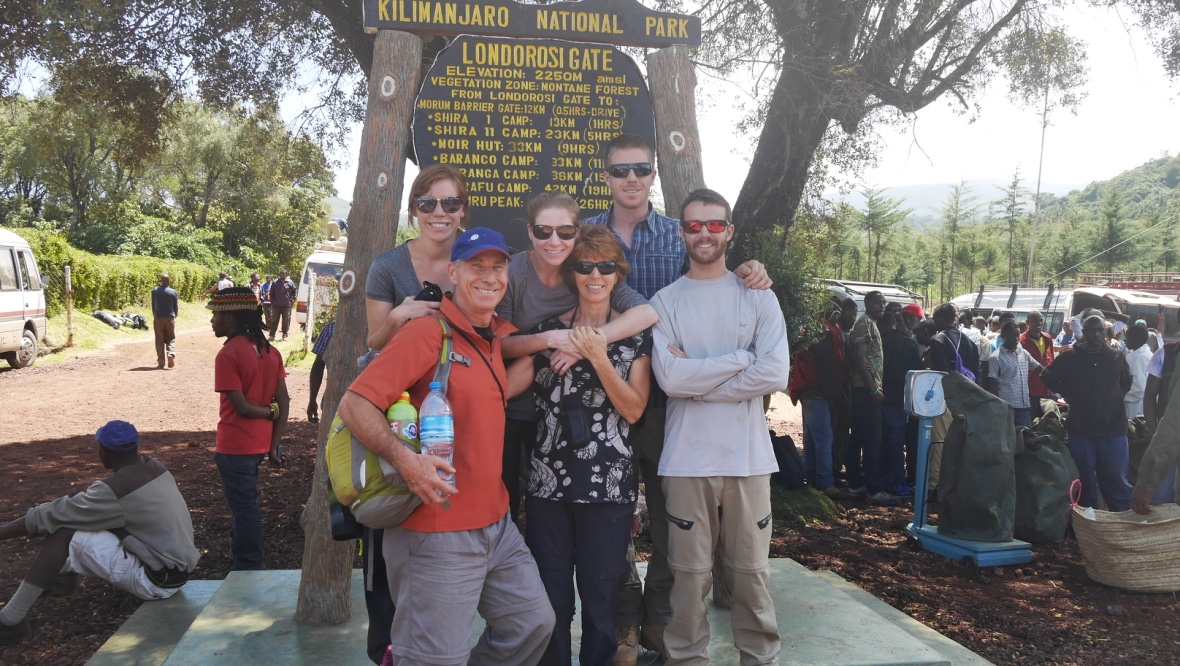
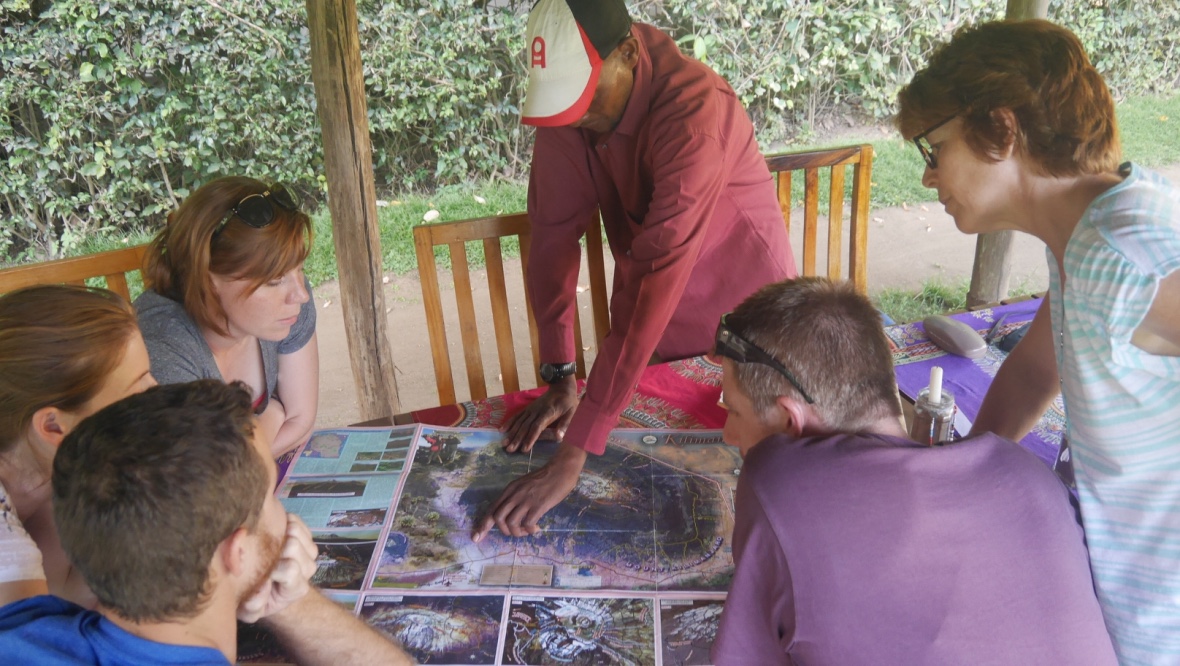
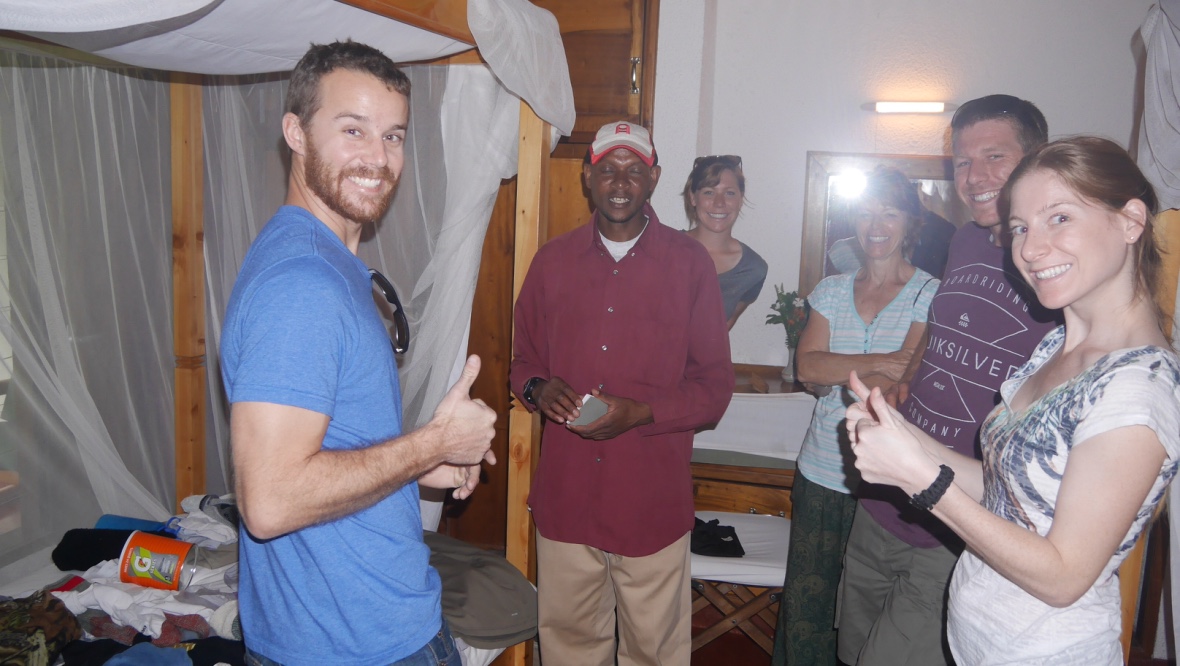
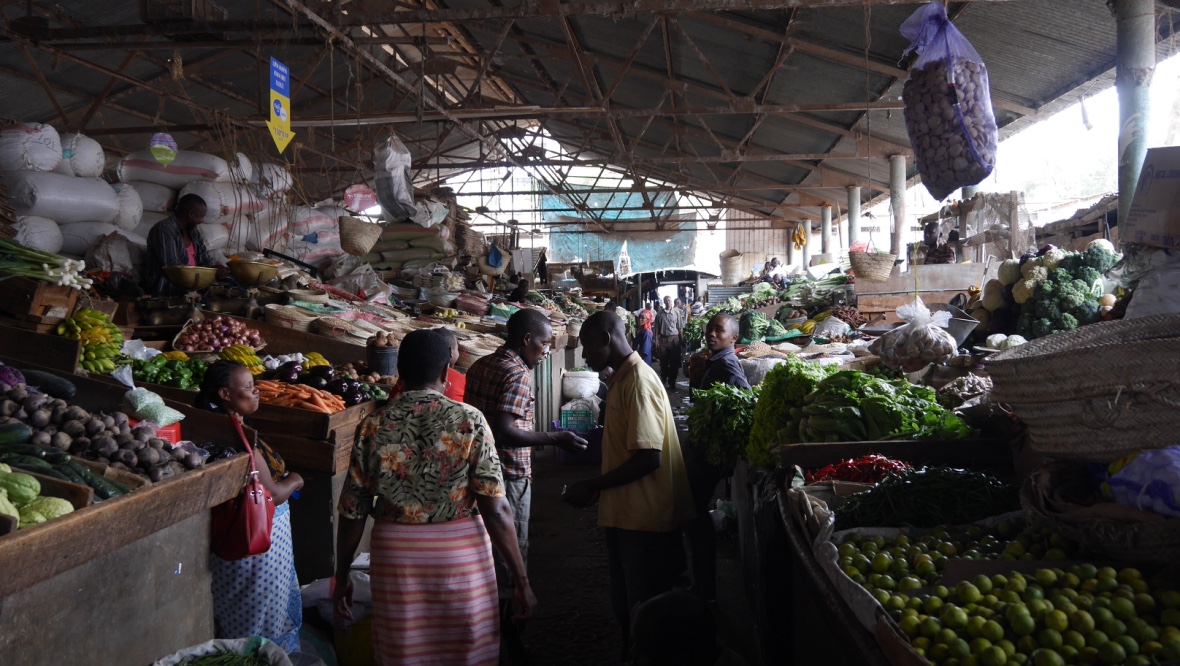


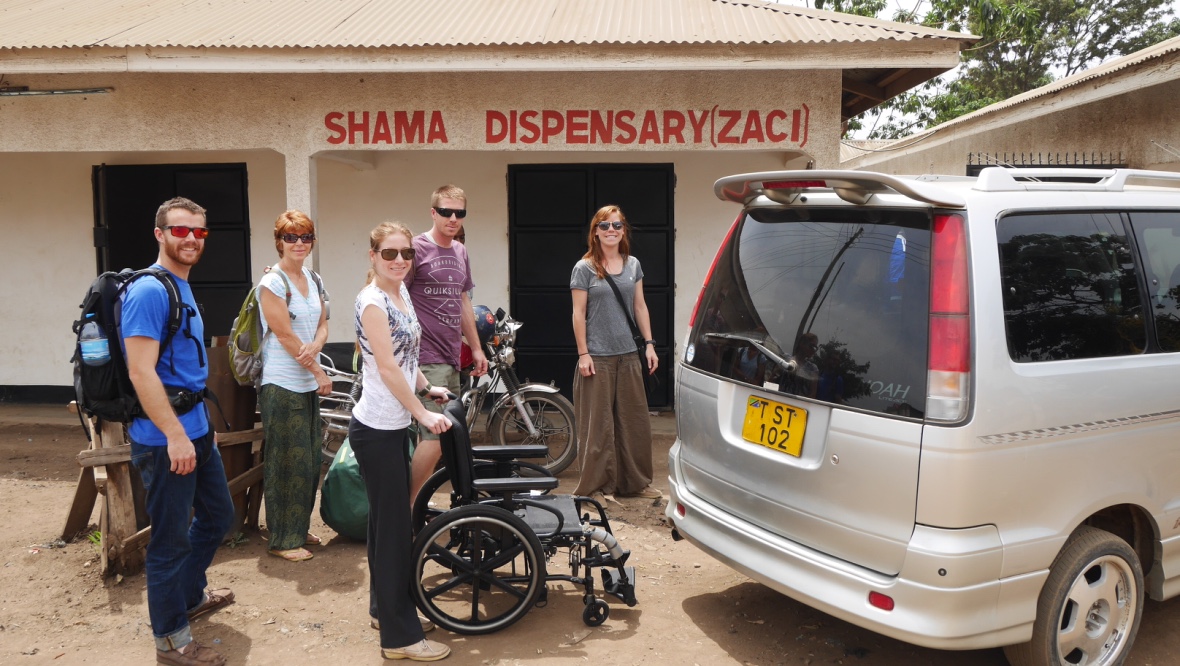
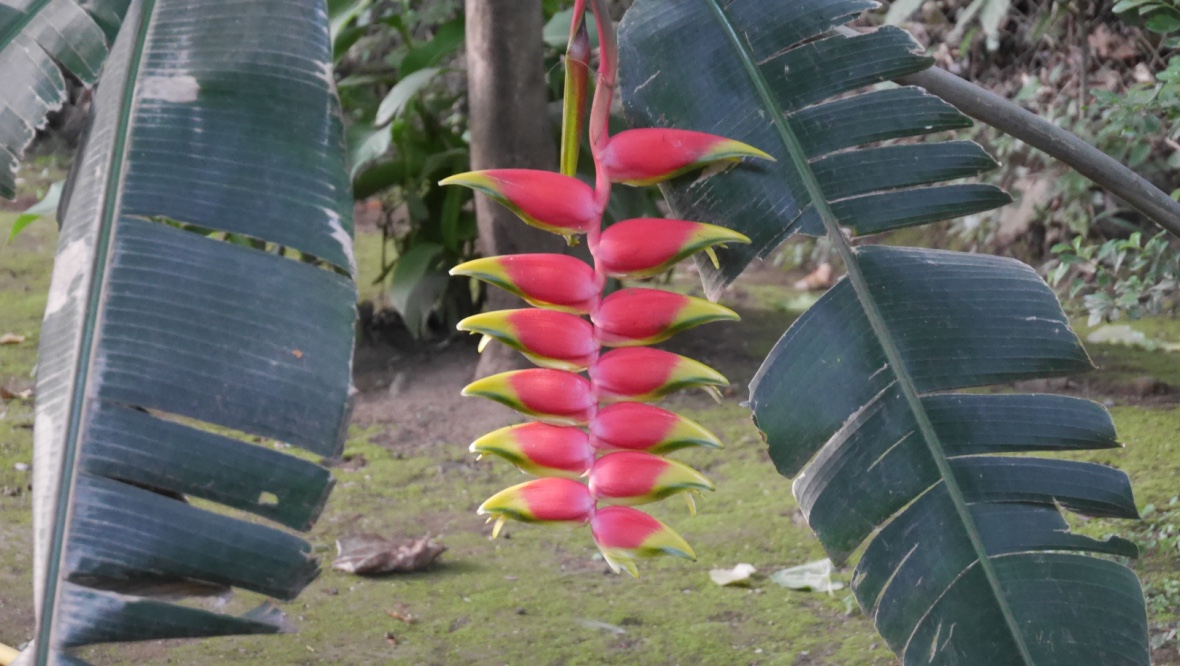

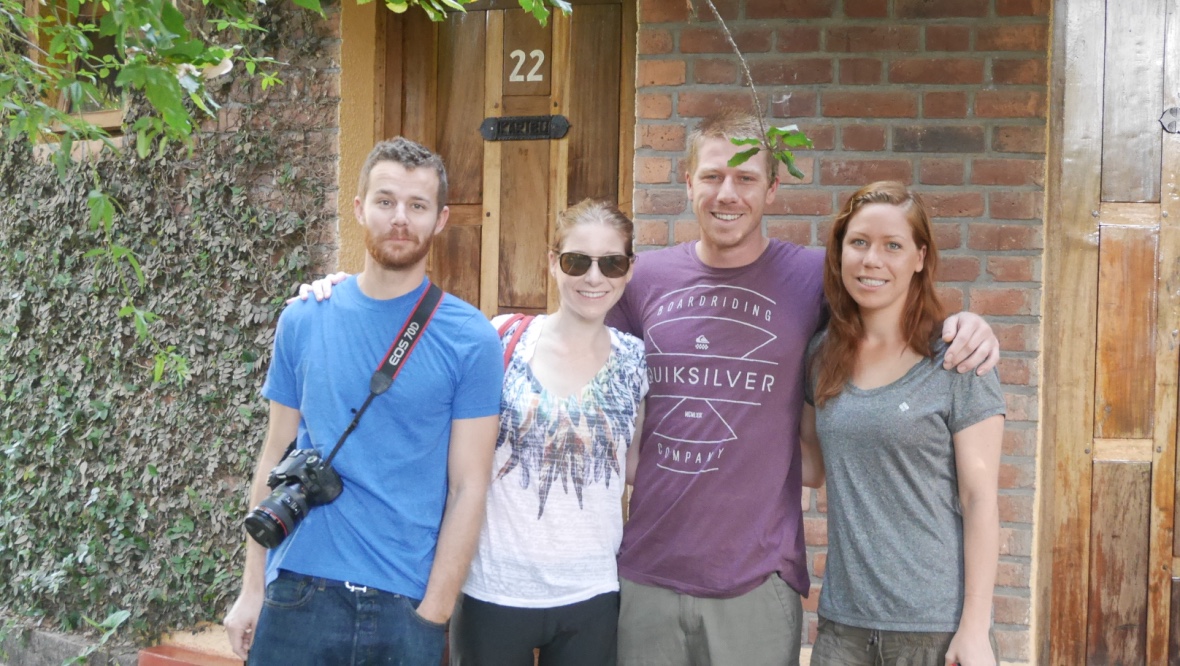
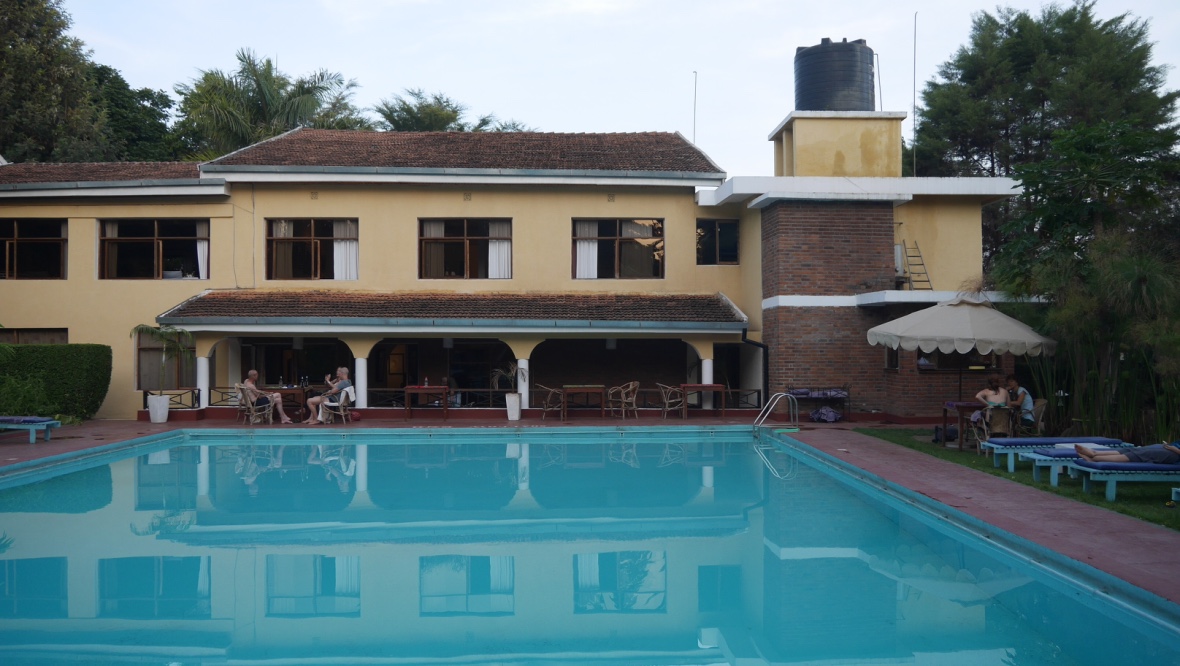

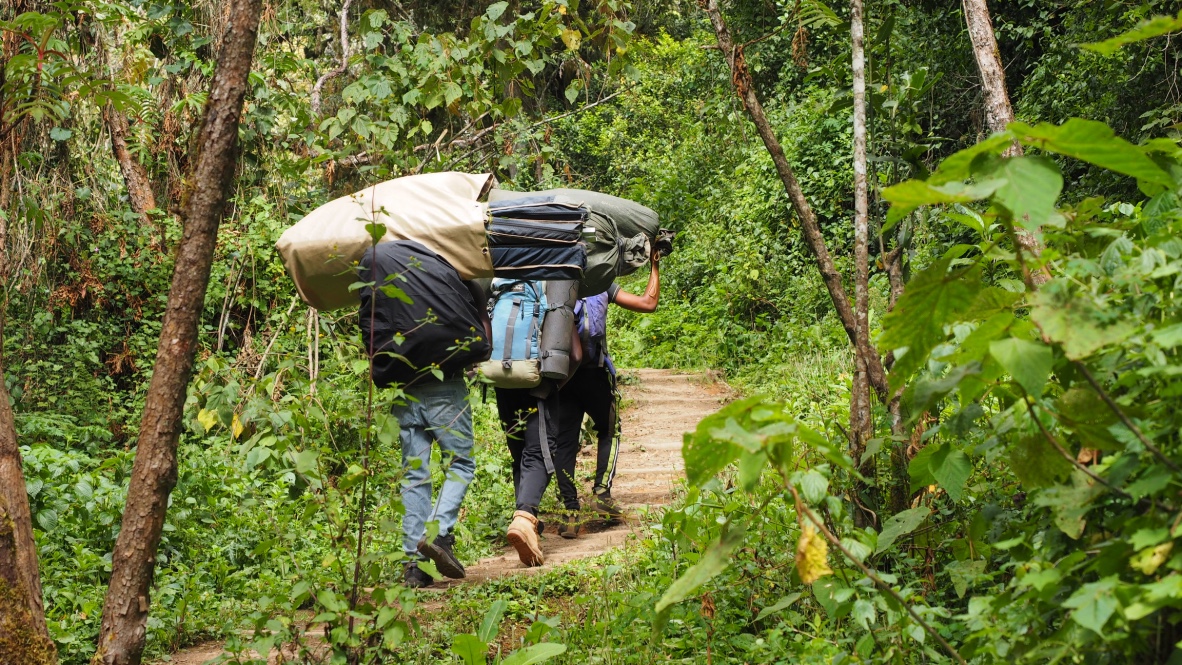


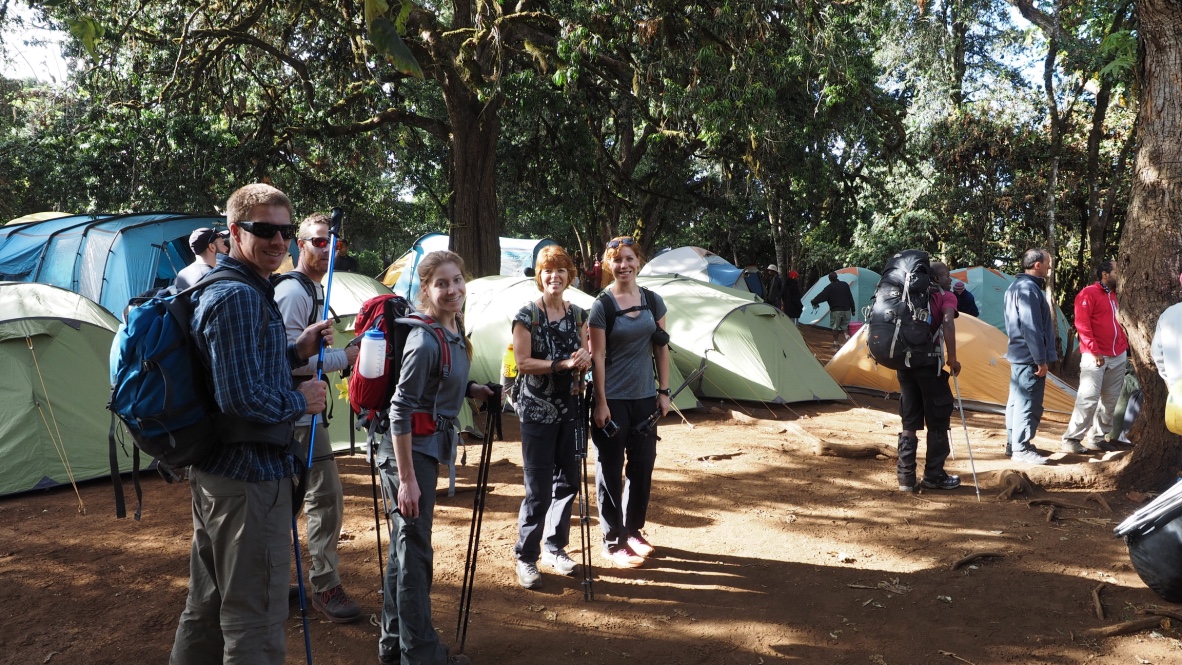
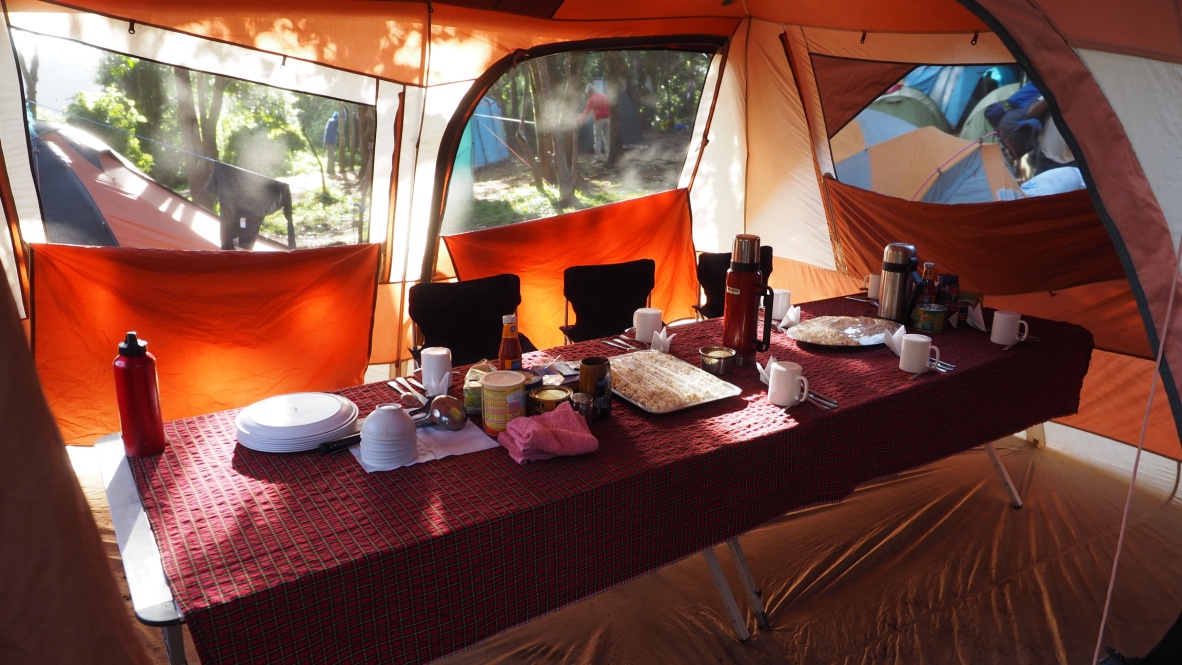
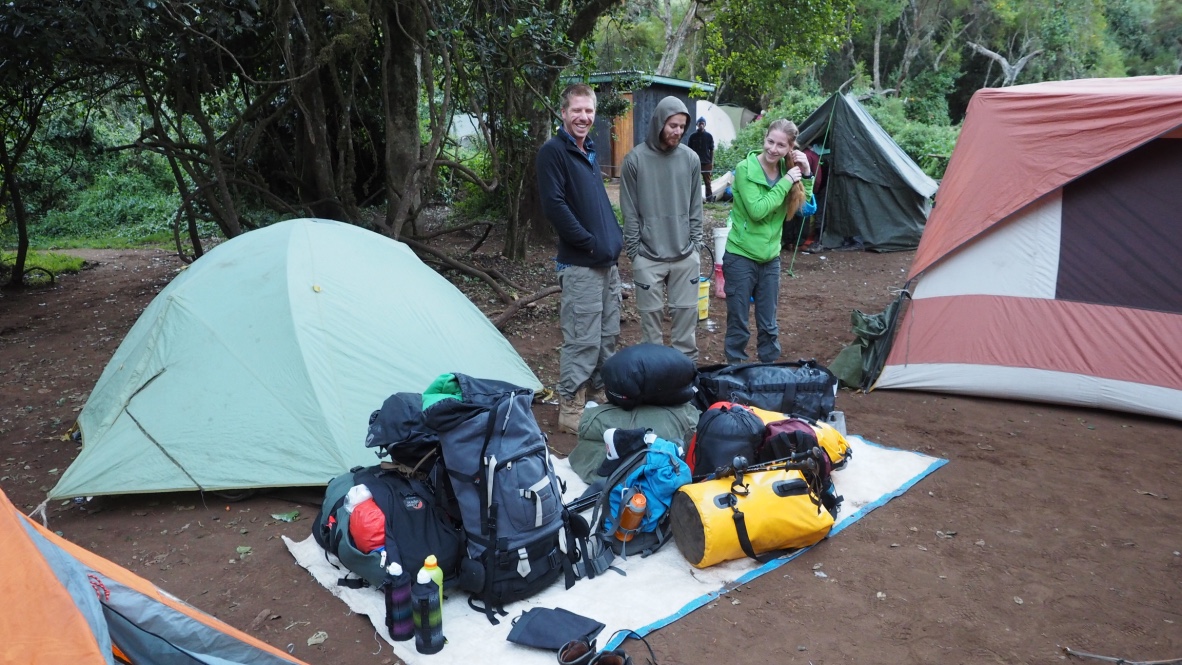
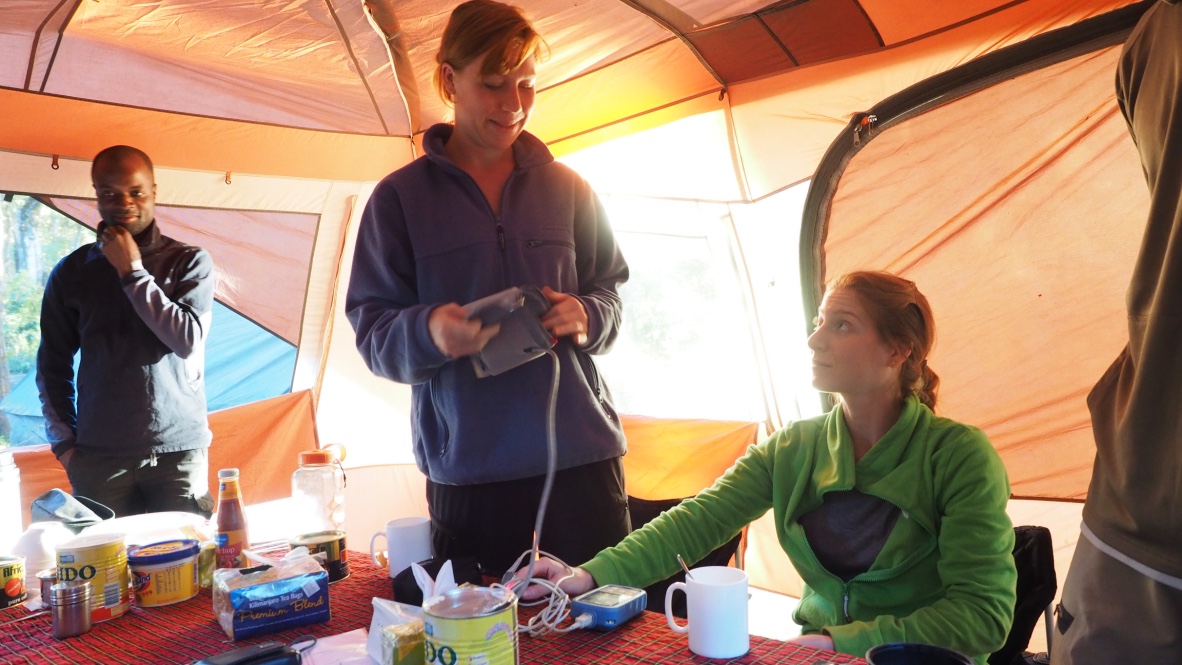
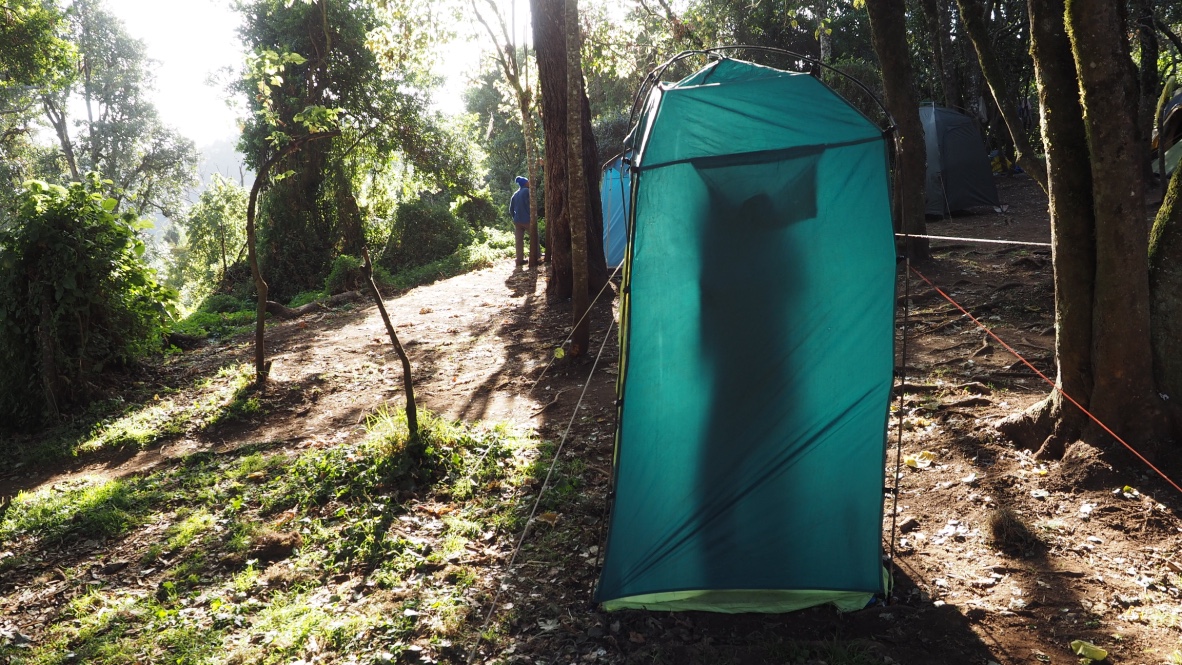
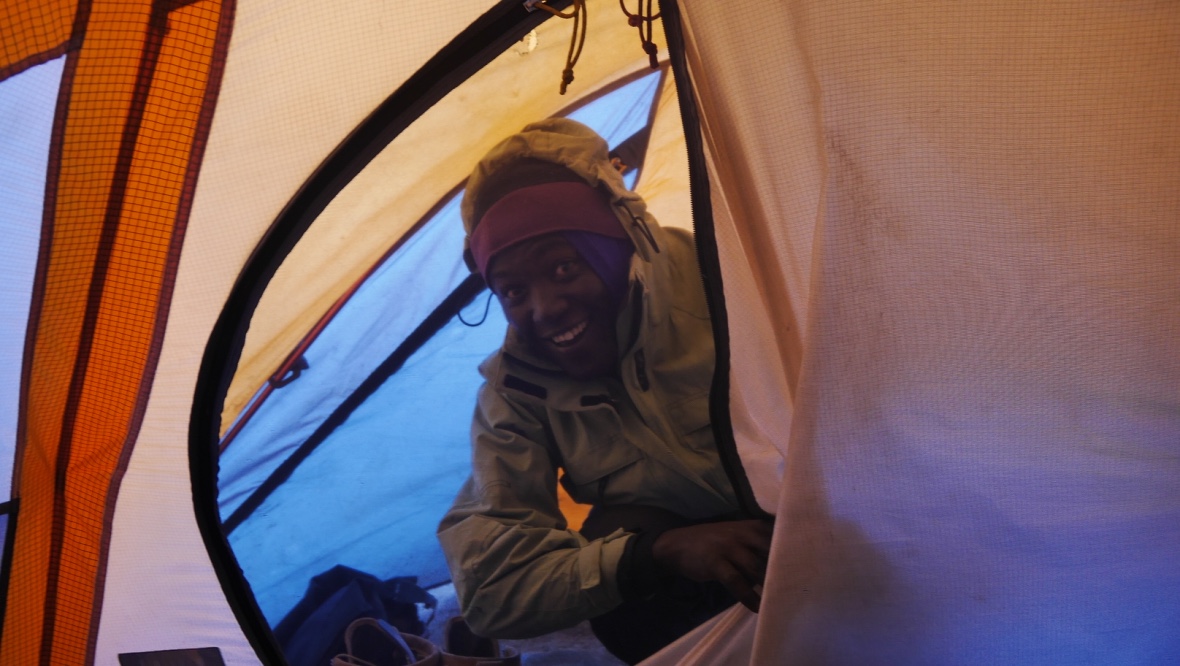
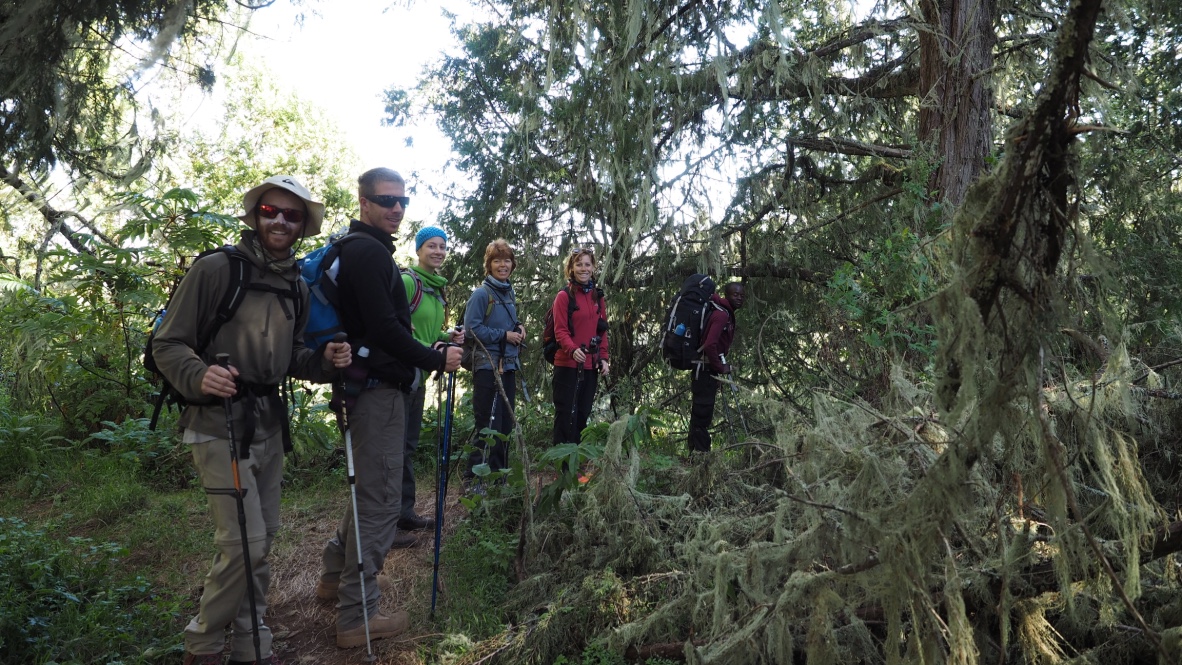
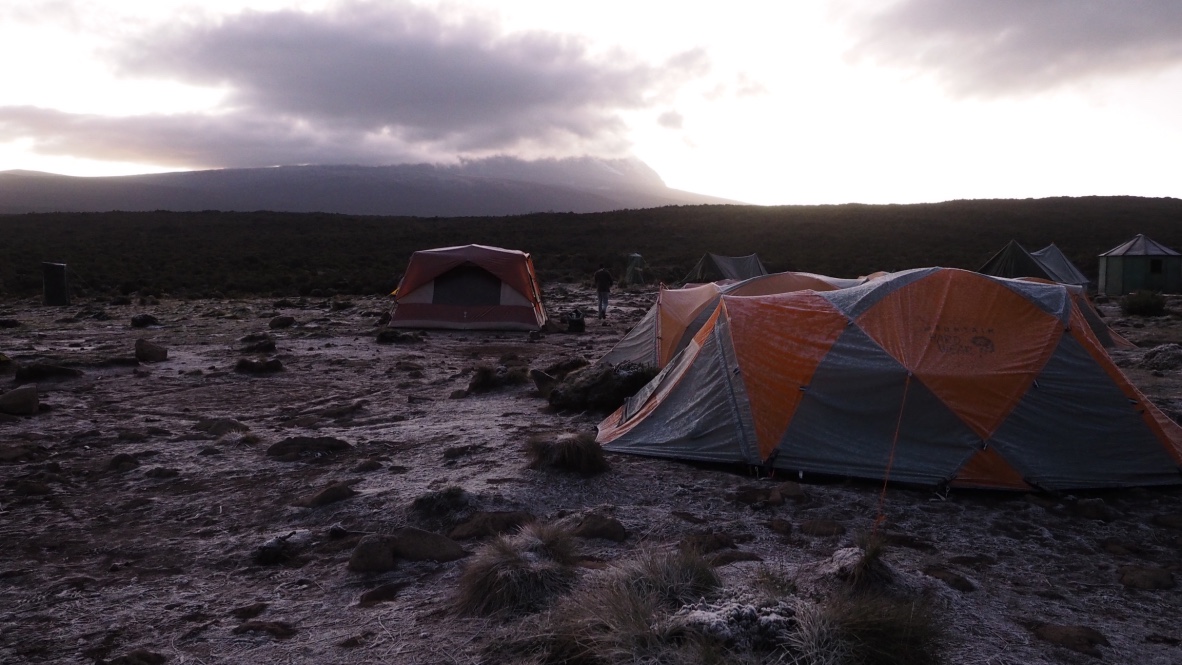
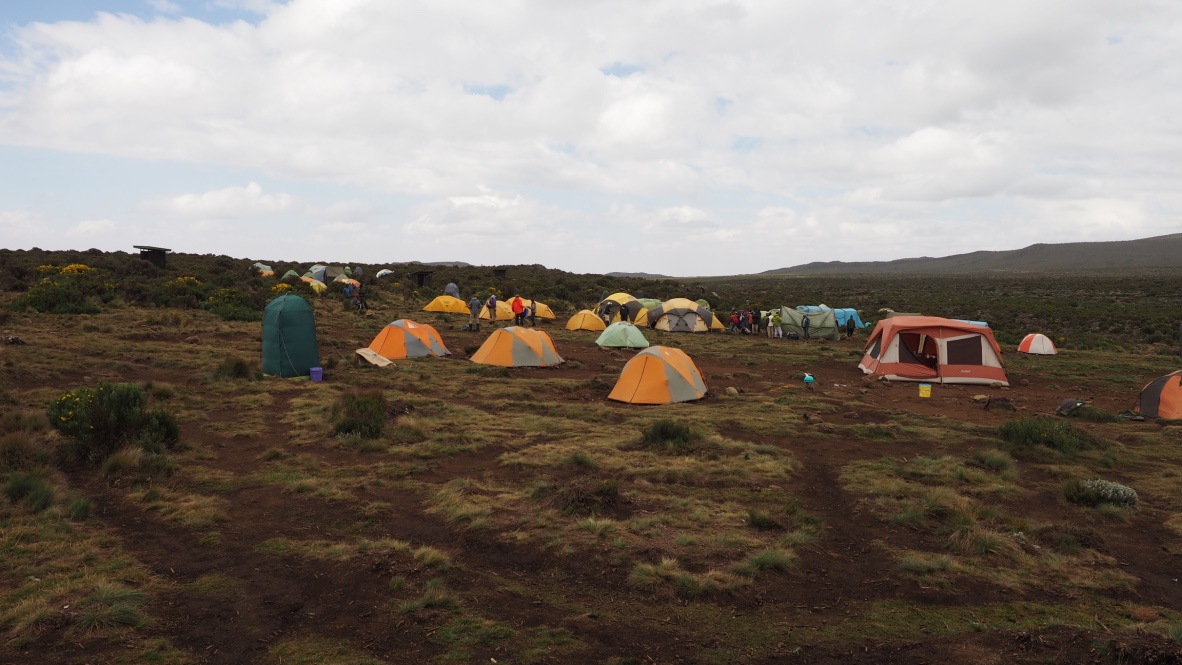

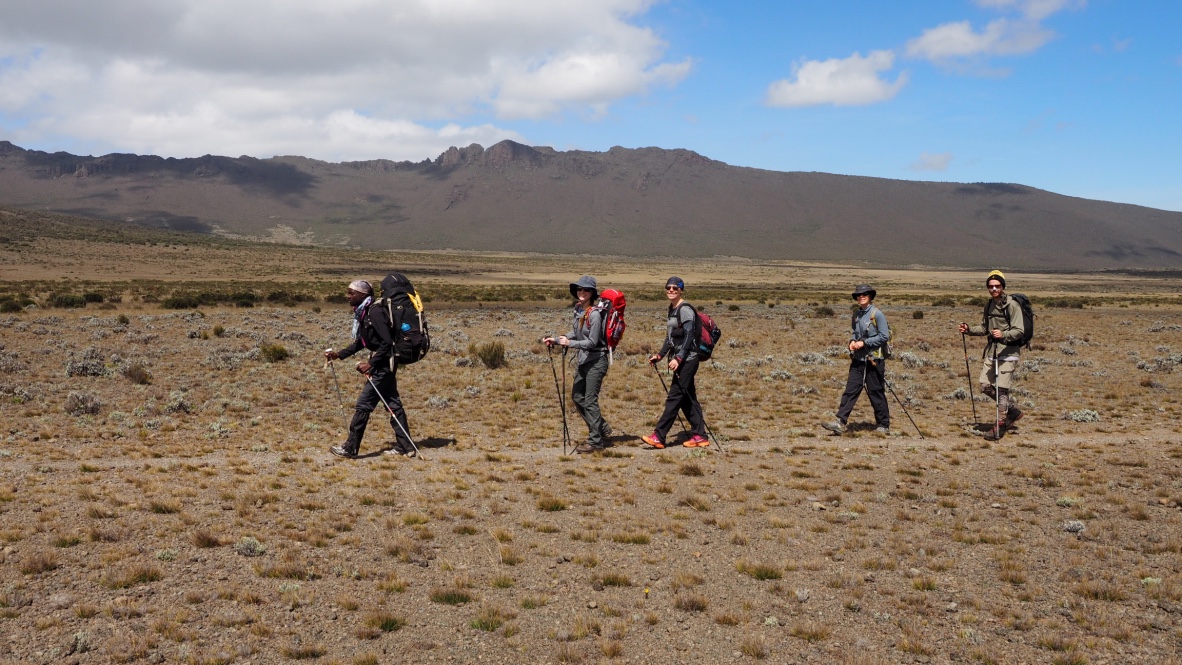

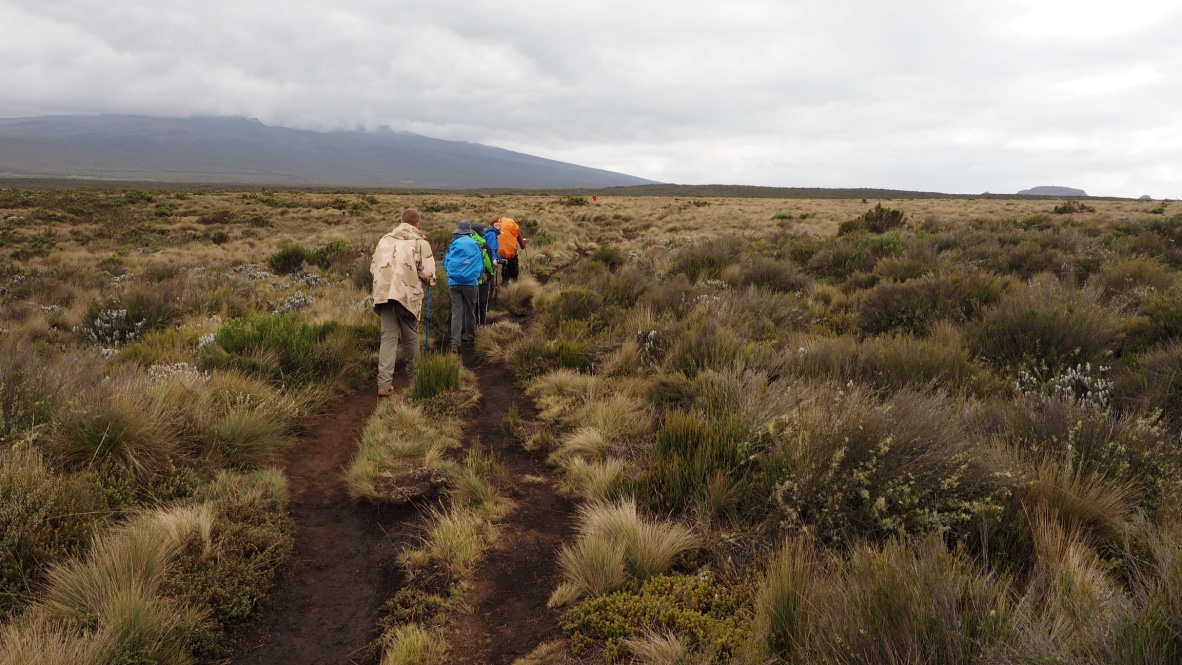
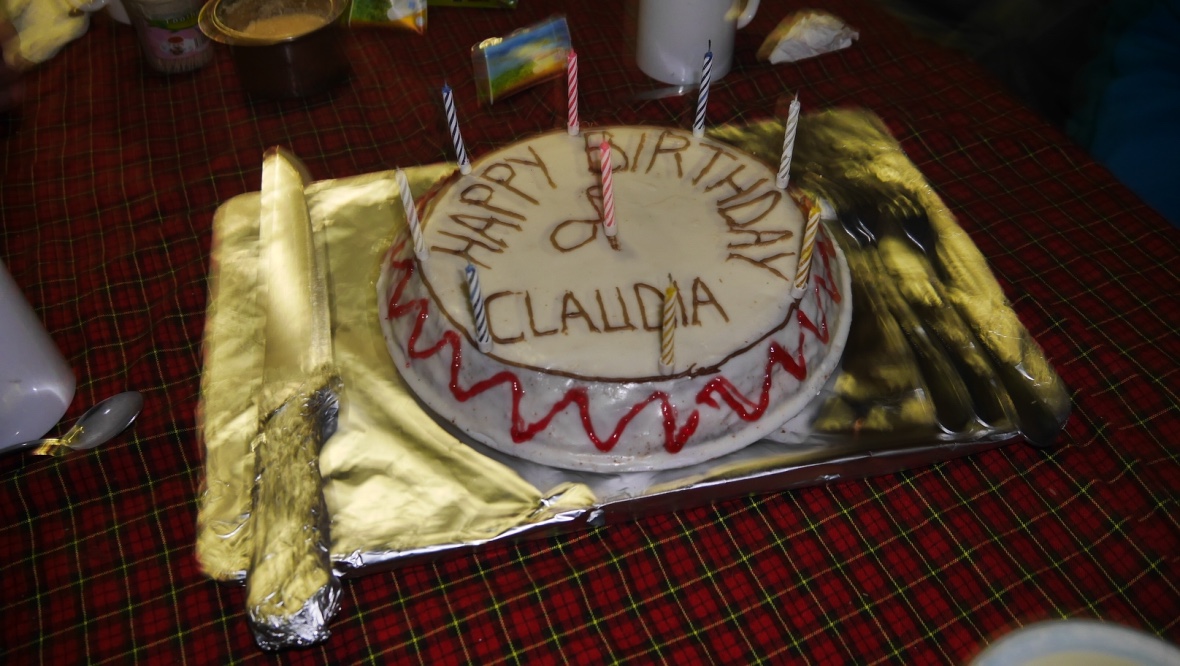
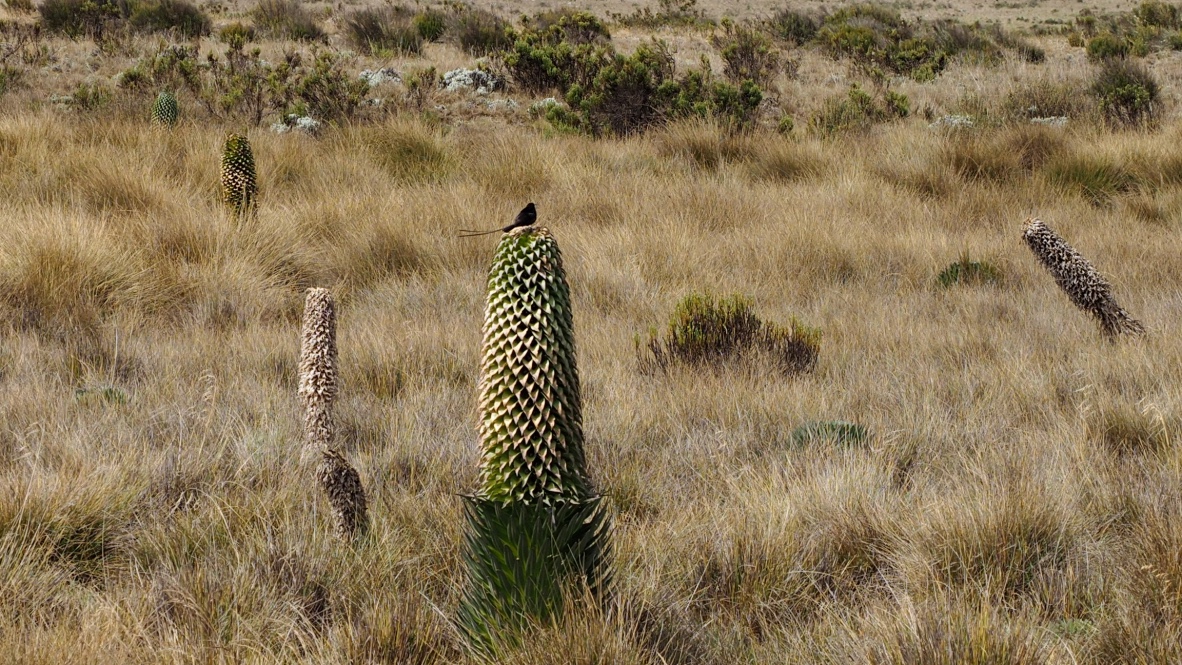
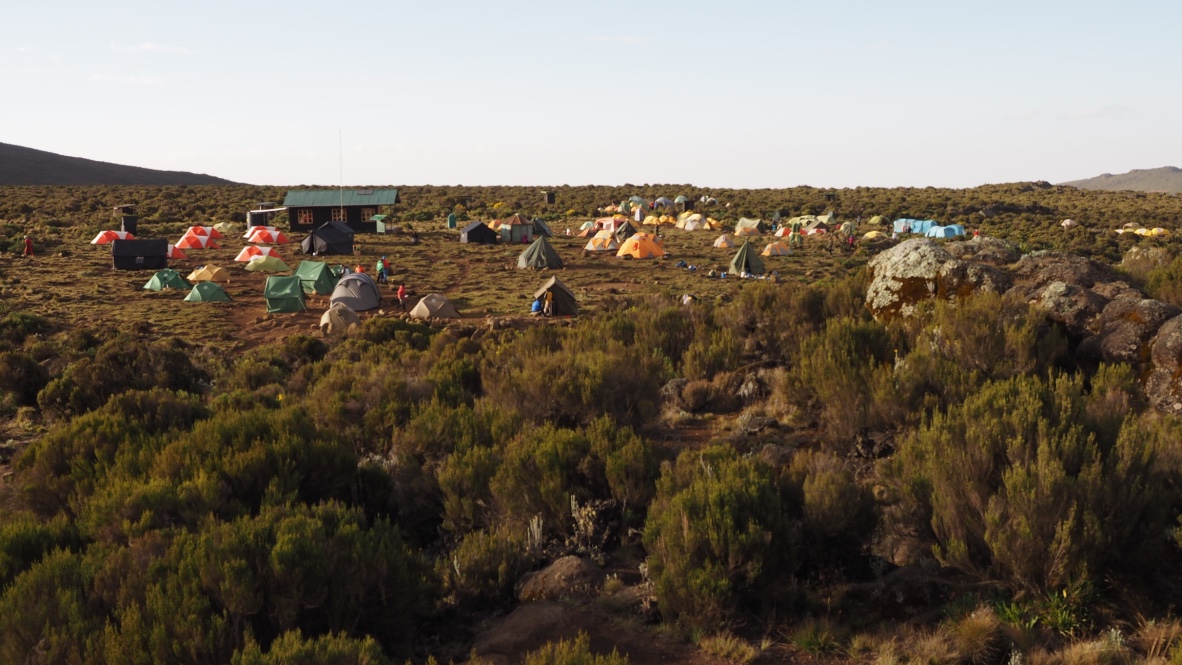



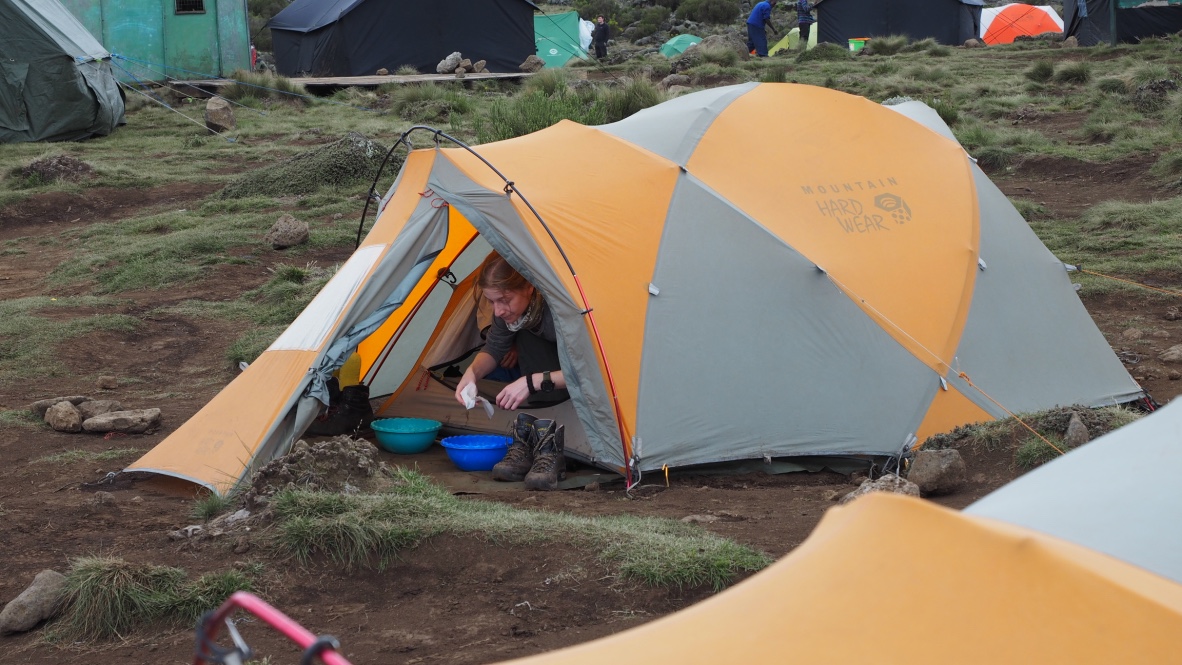






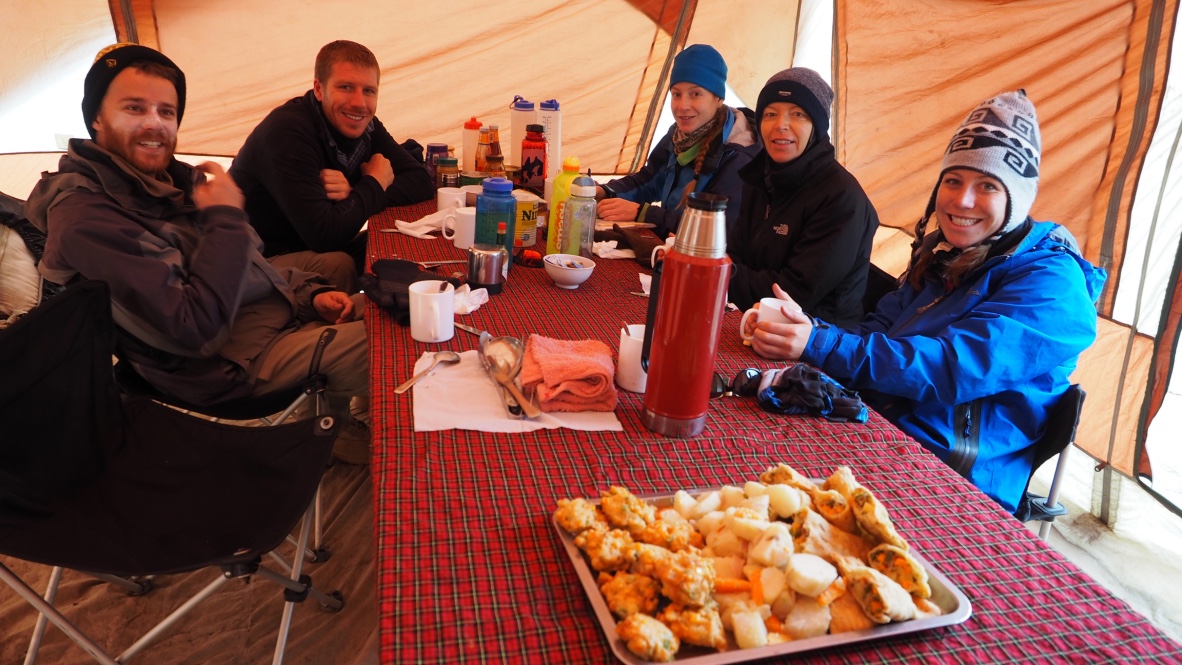

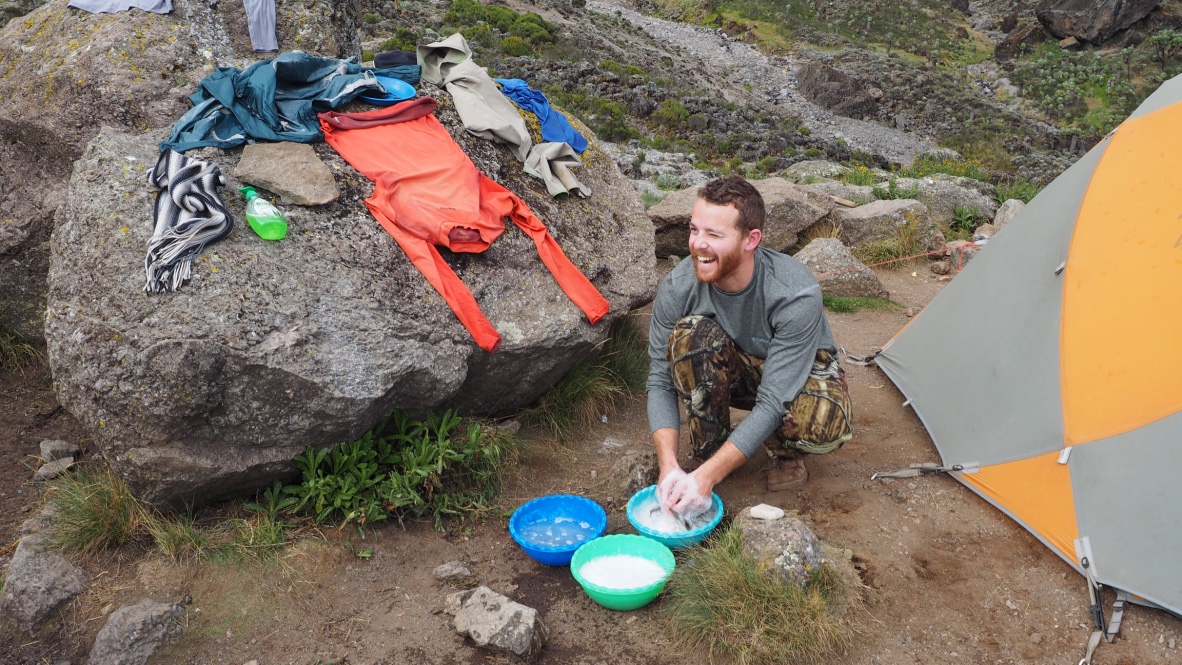
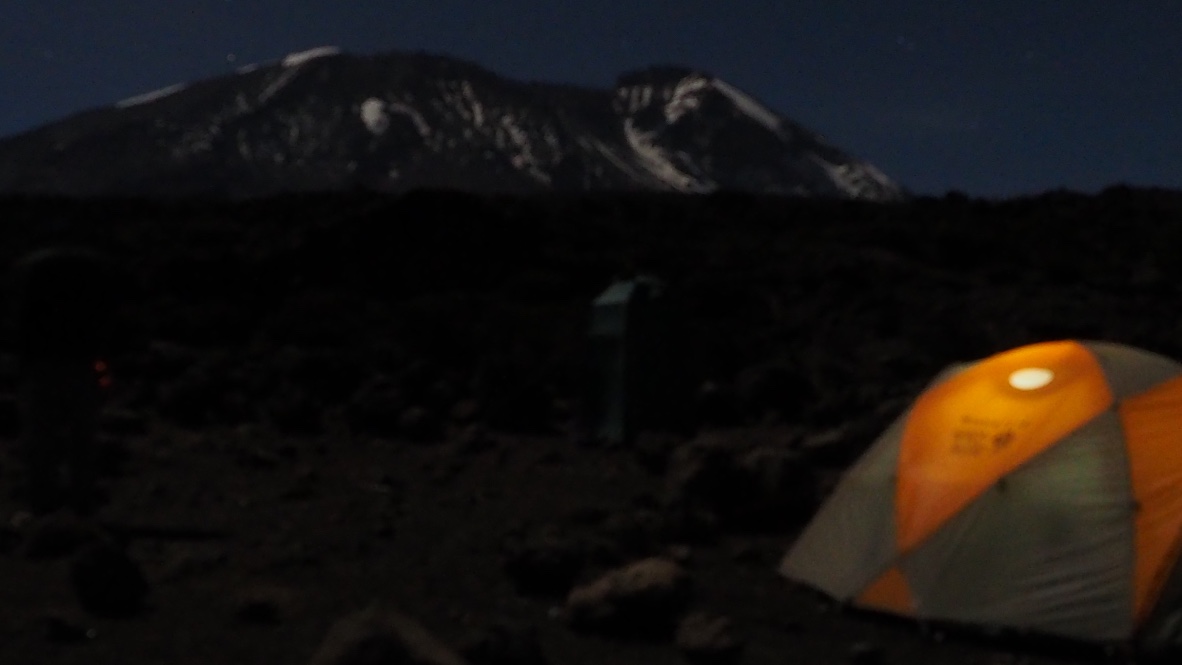
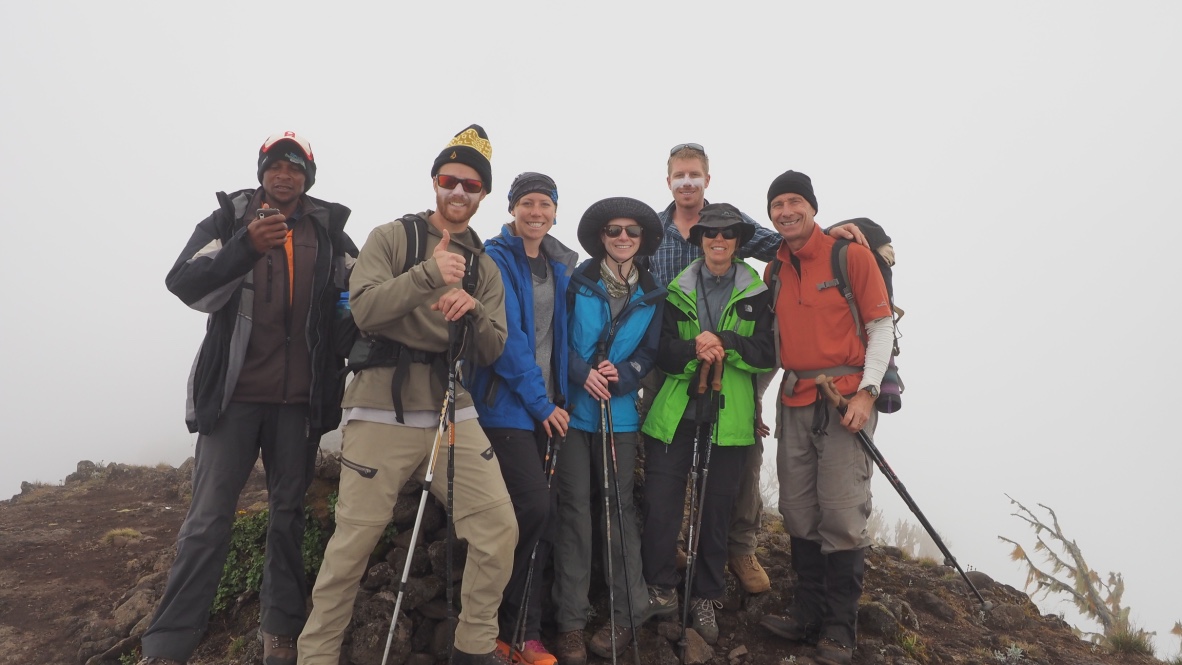
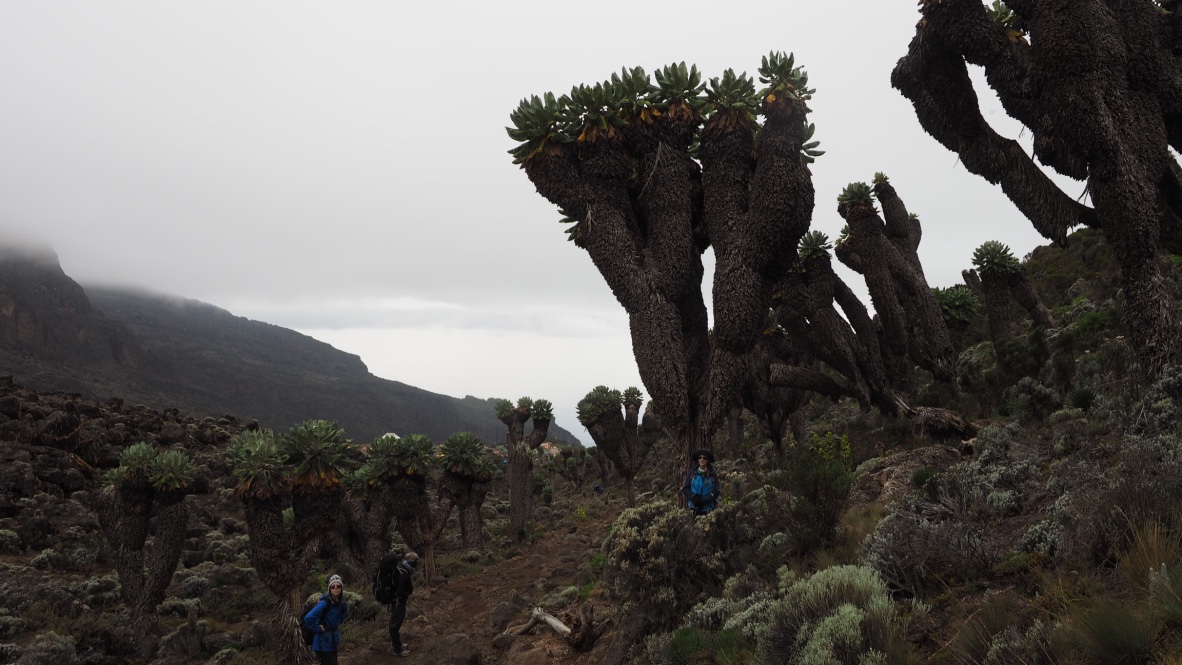
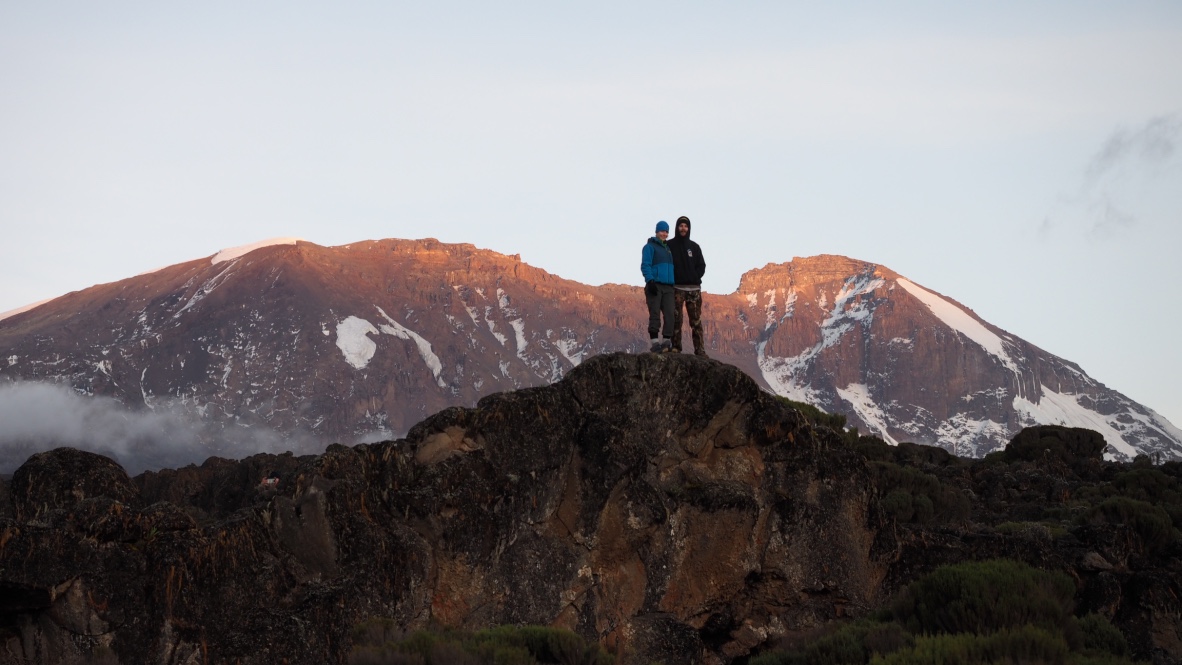
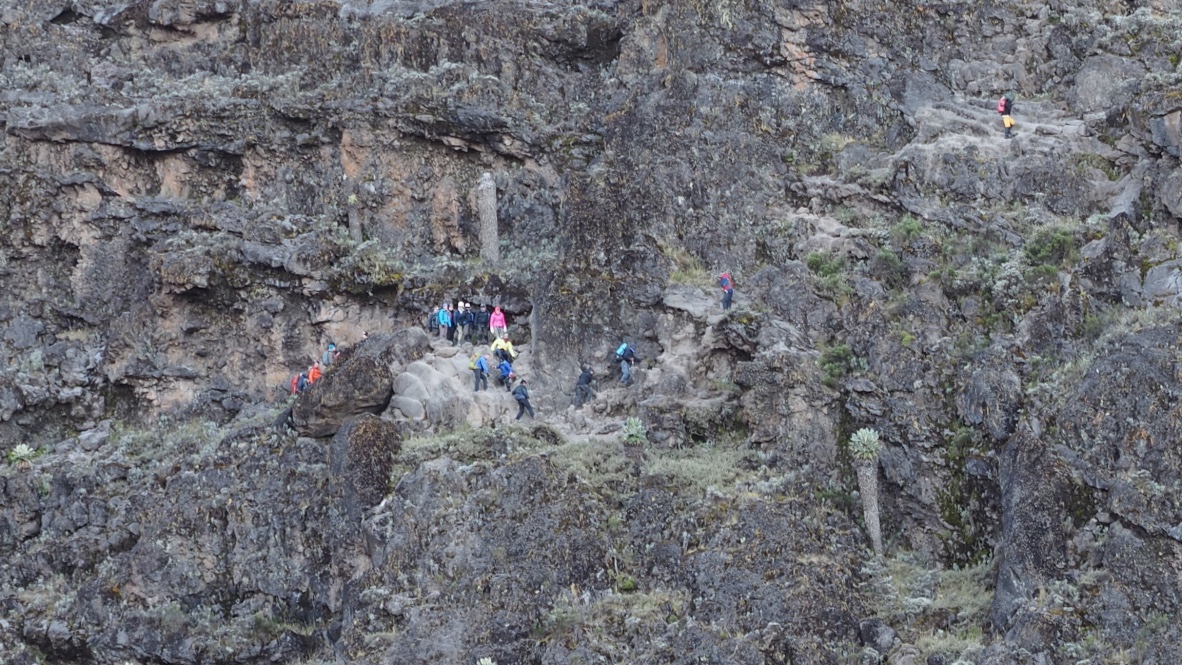

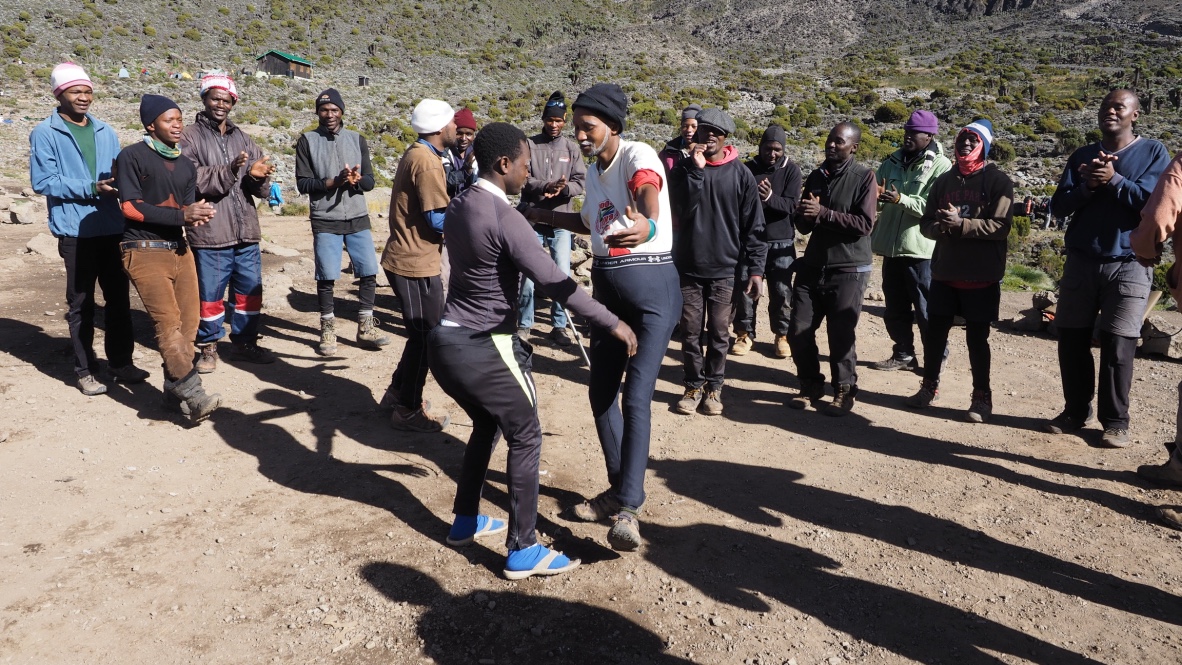



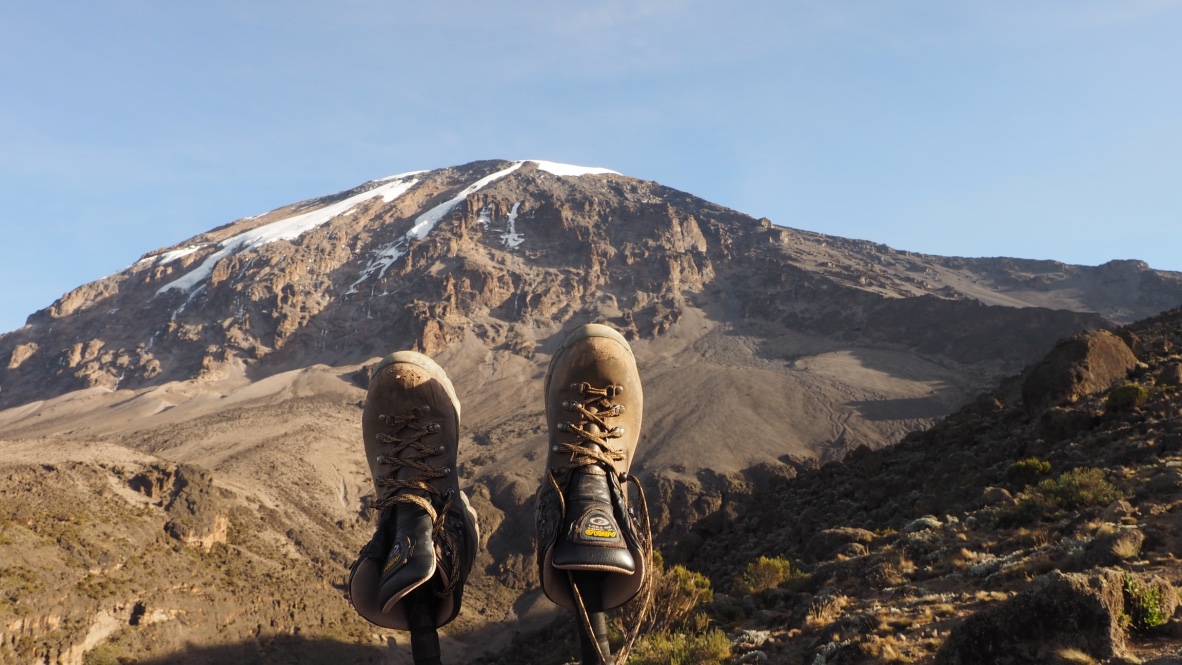
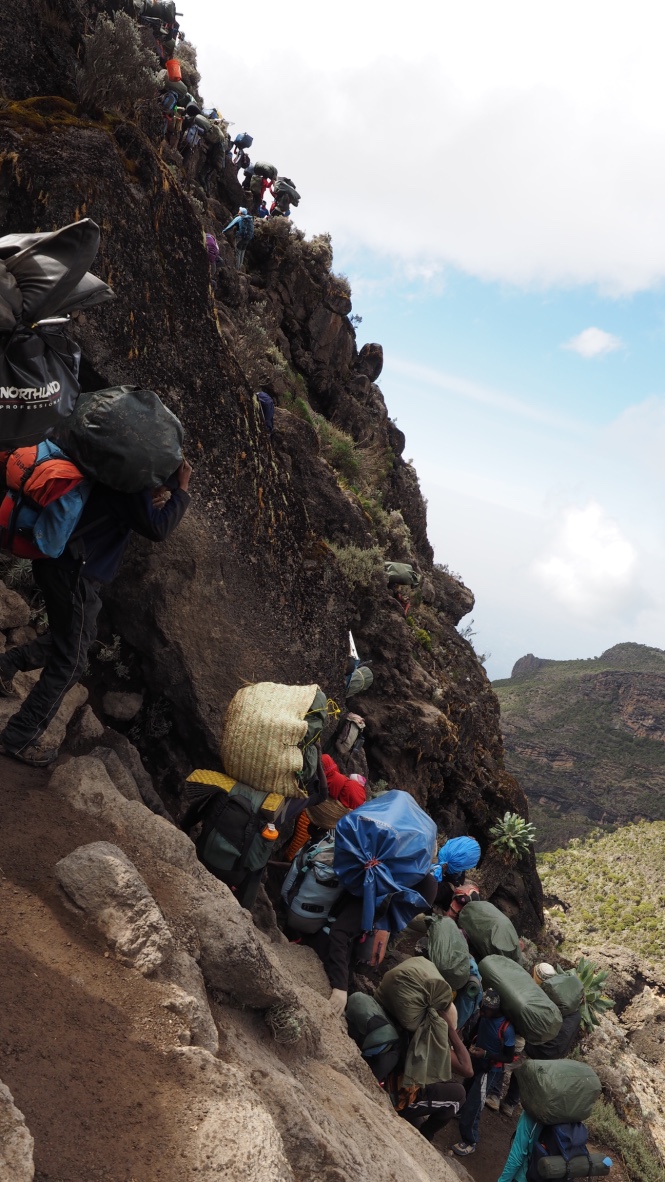

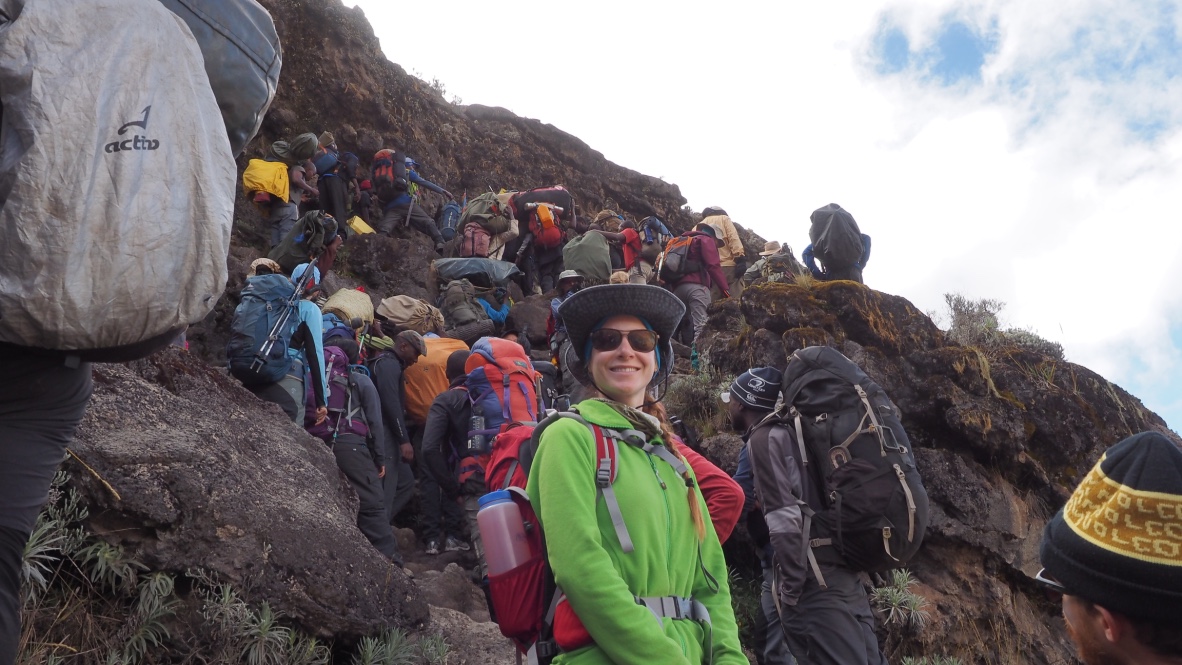



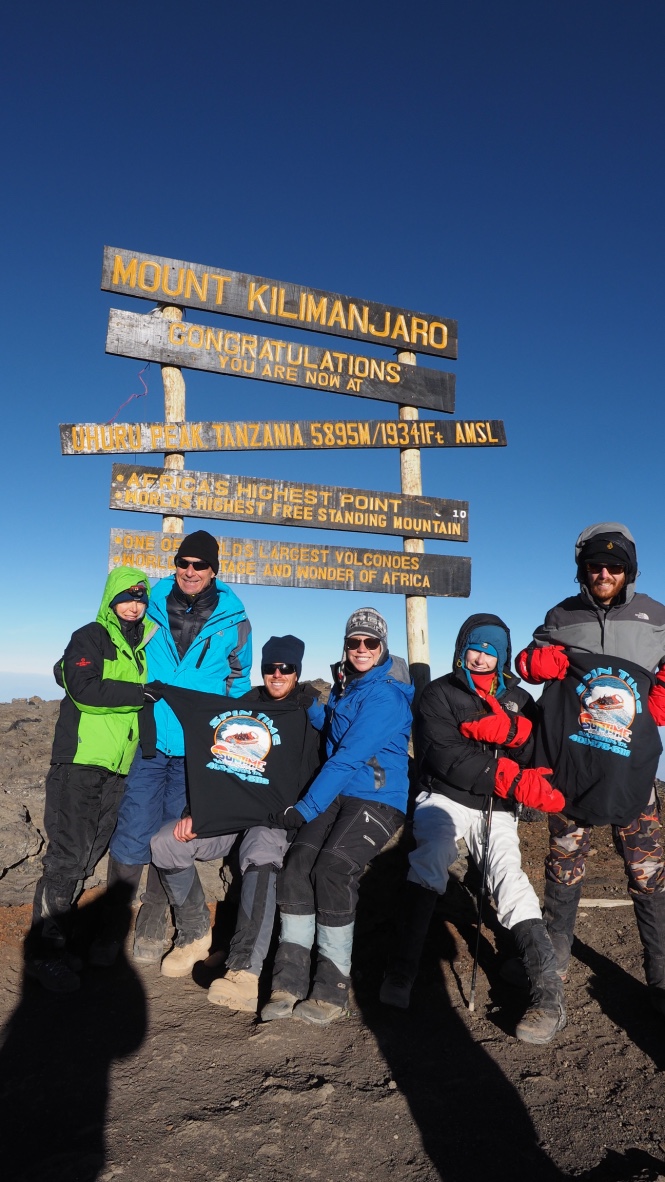
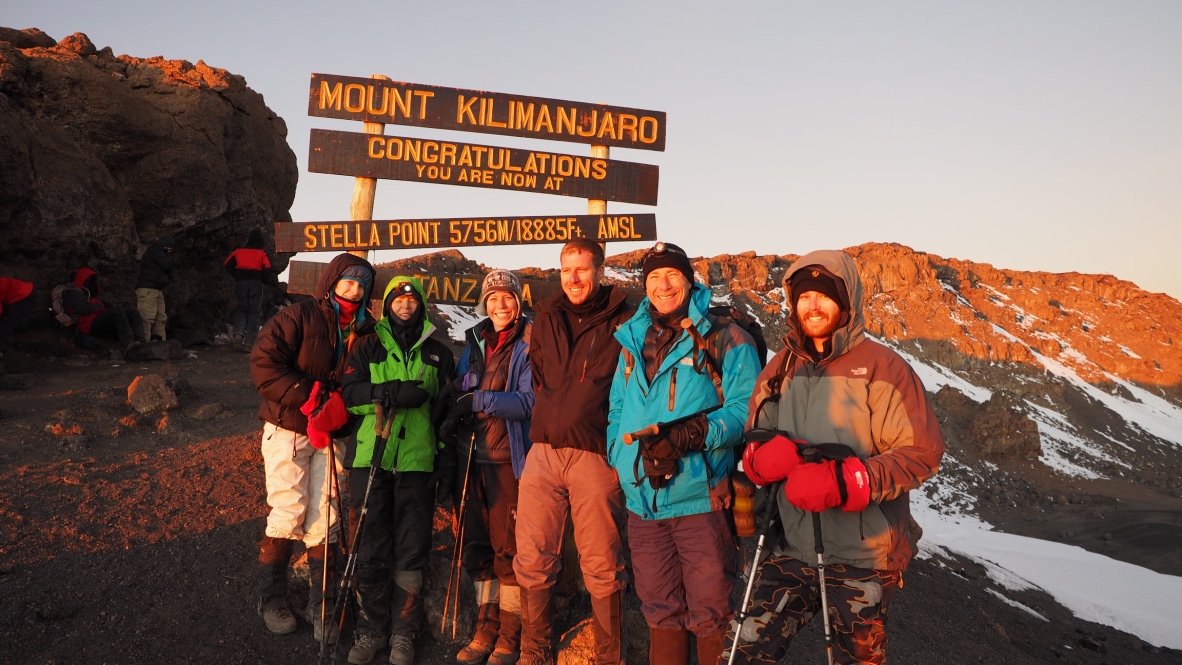



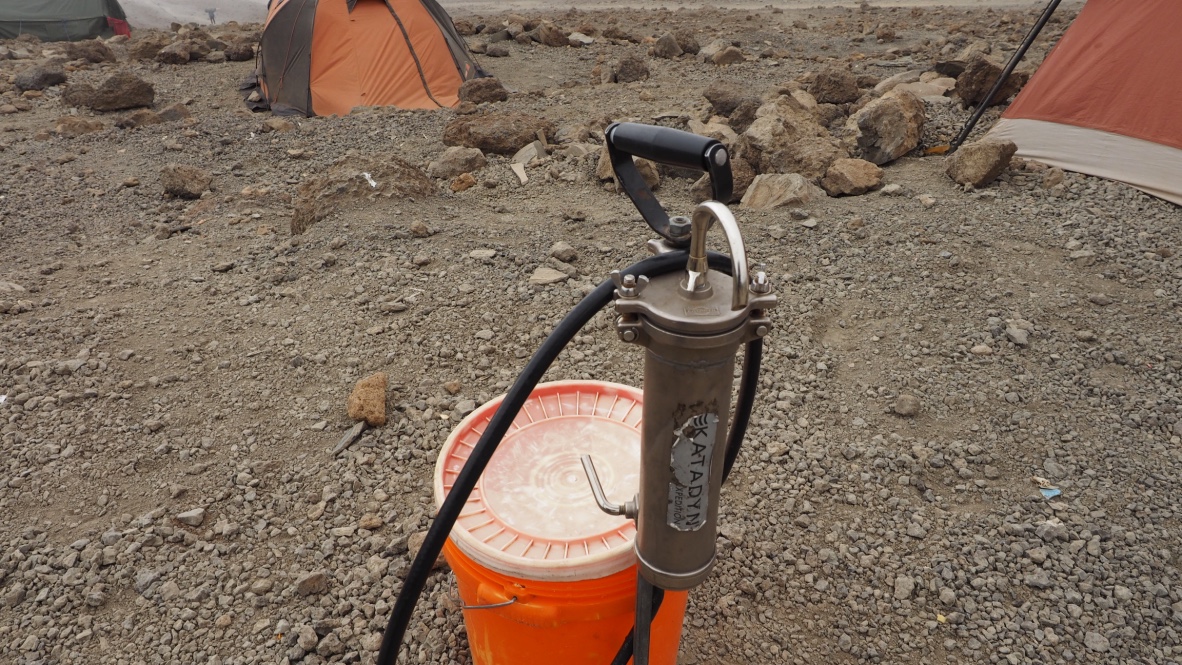



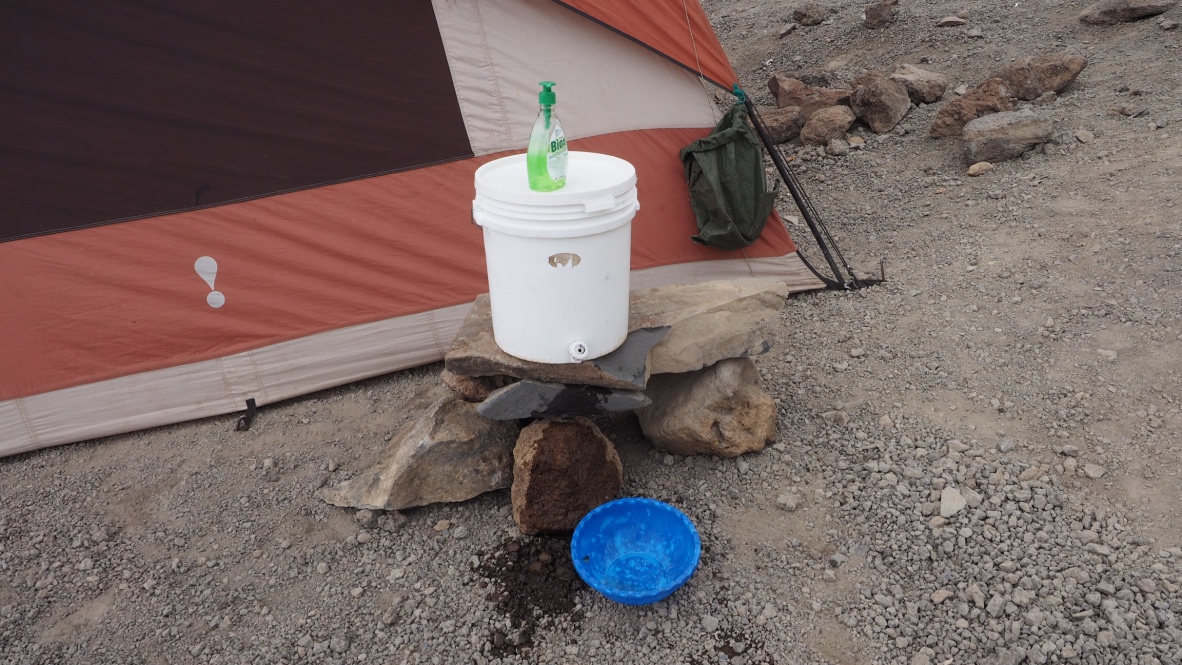
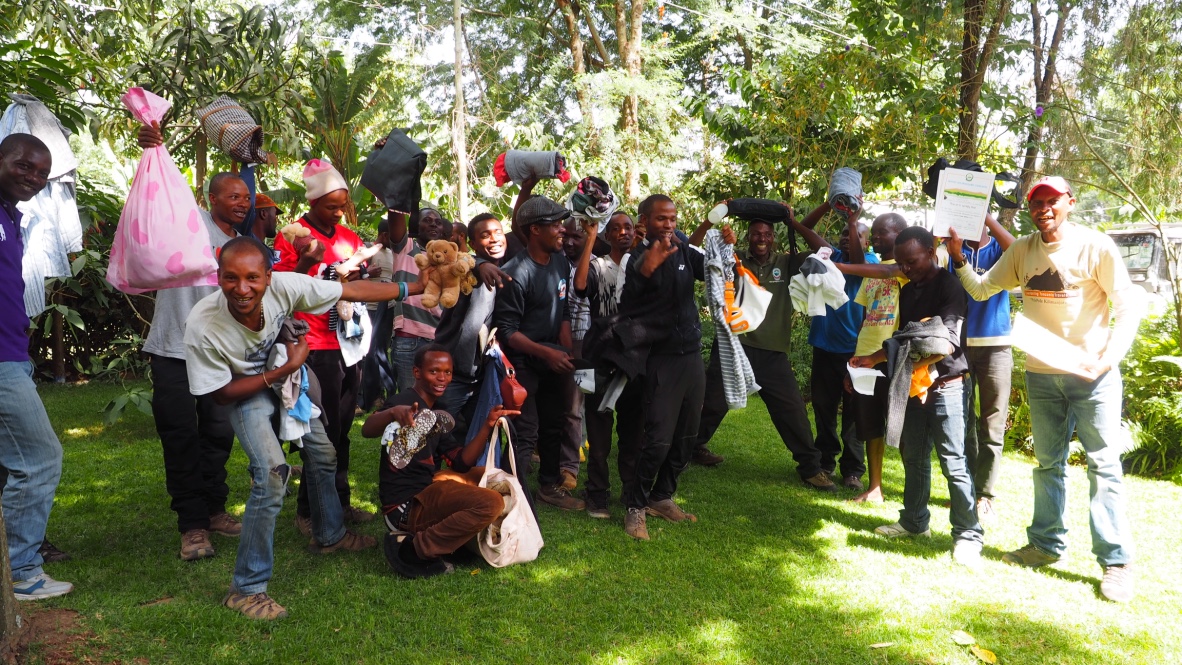
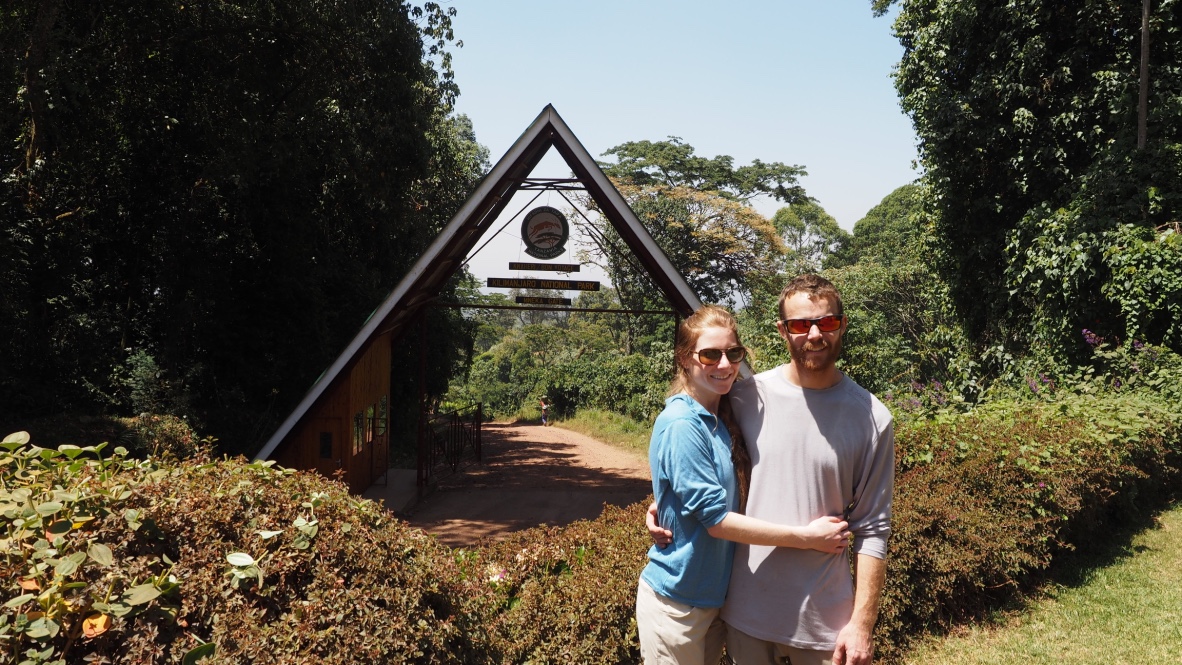
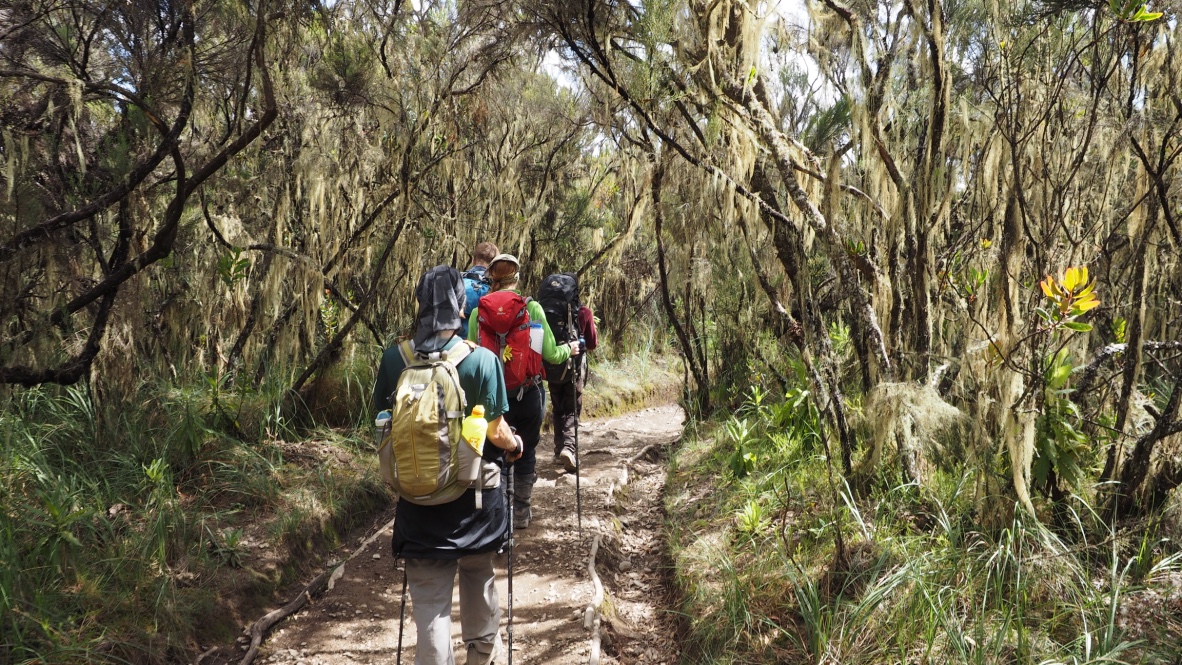

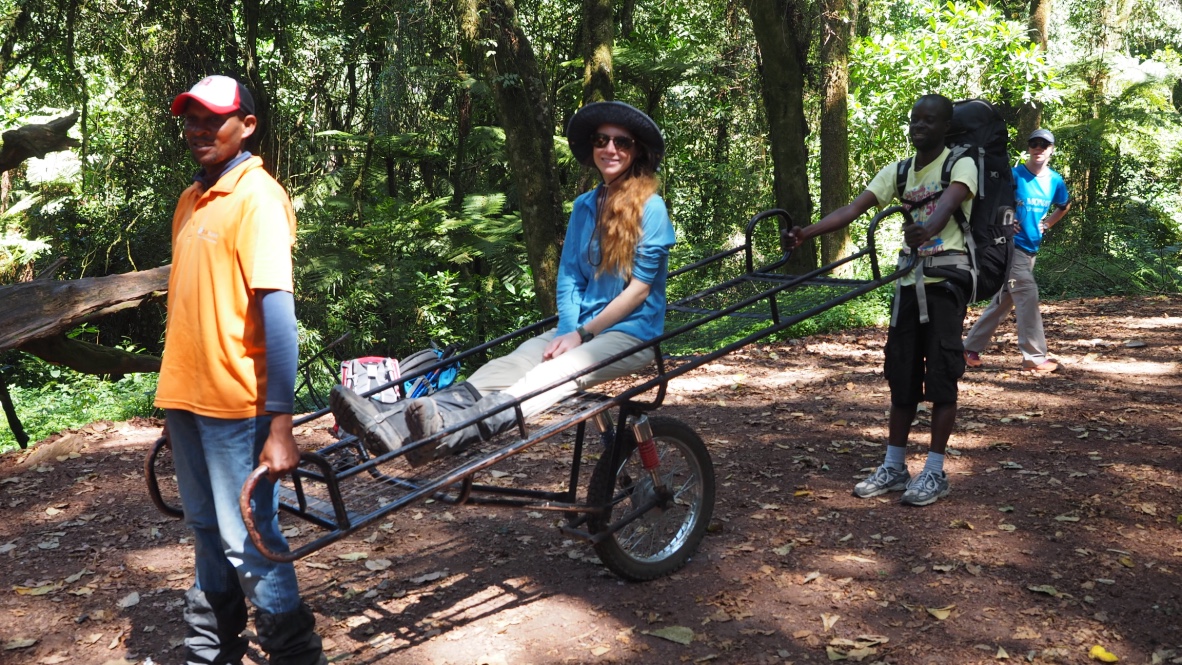



What a great post. Takes me right back to our adventure. Wish we could do it again!
I know me too! This trip was fun!